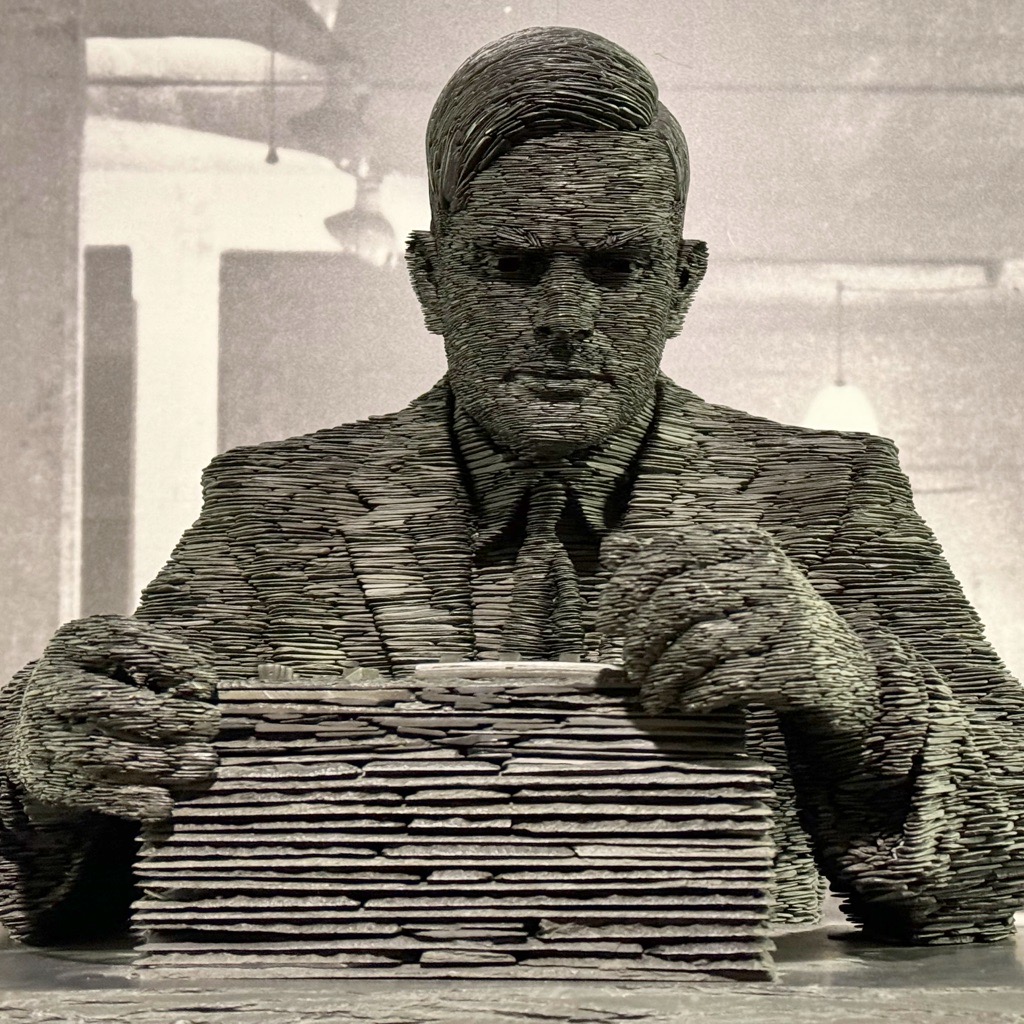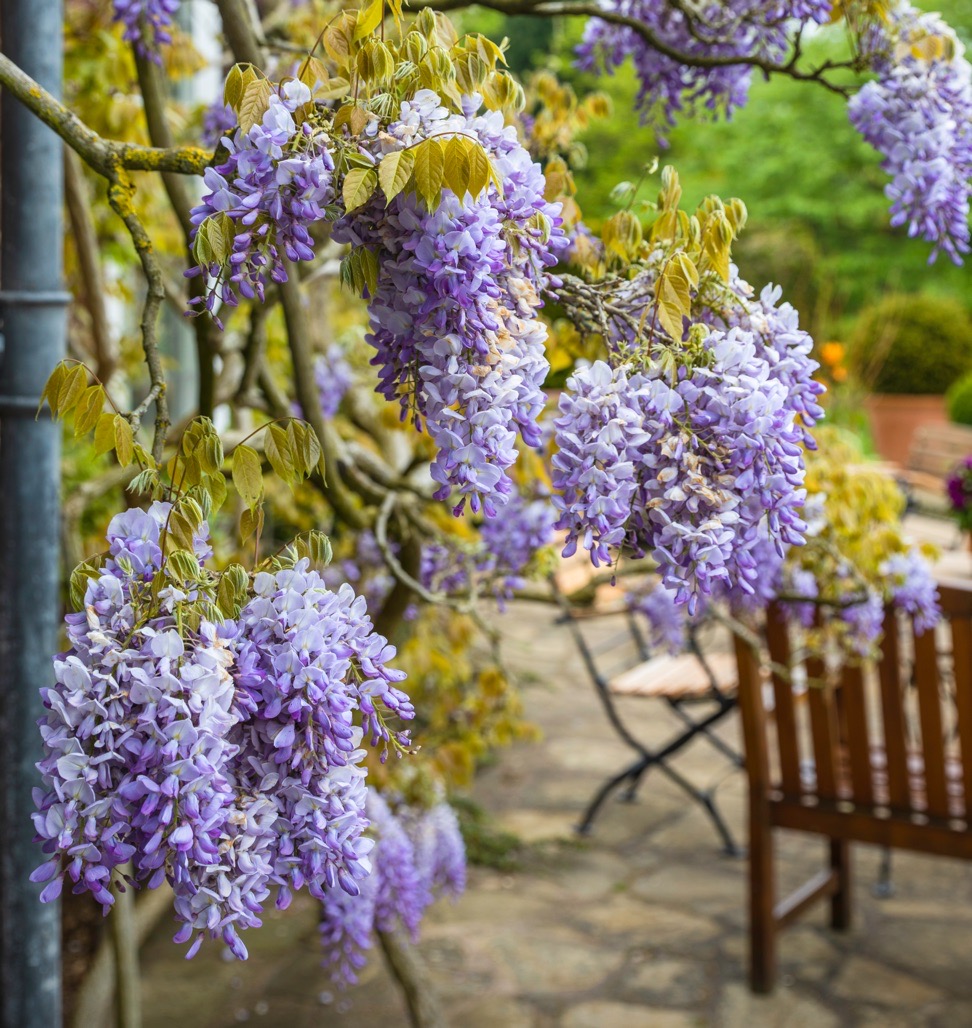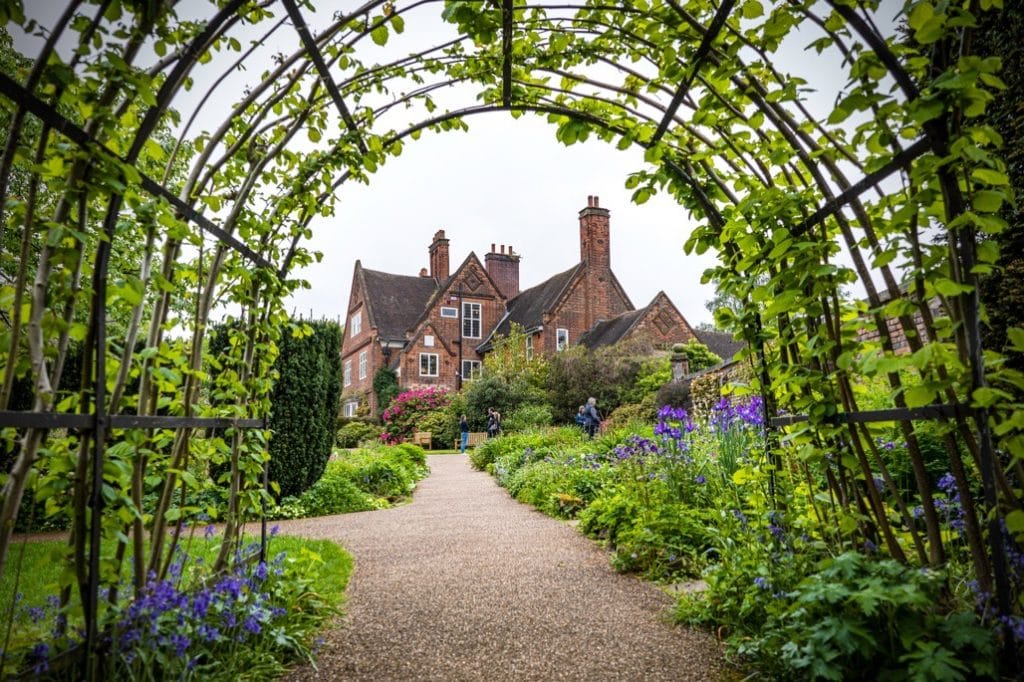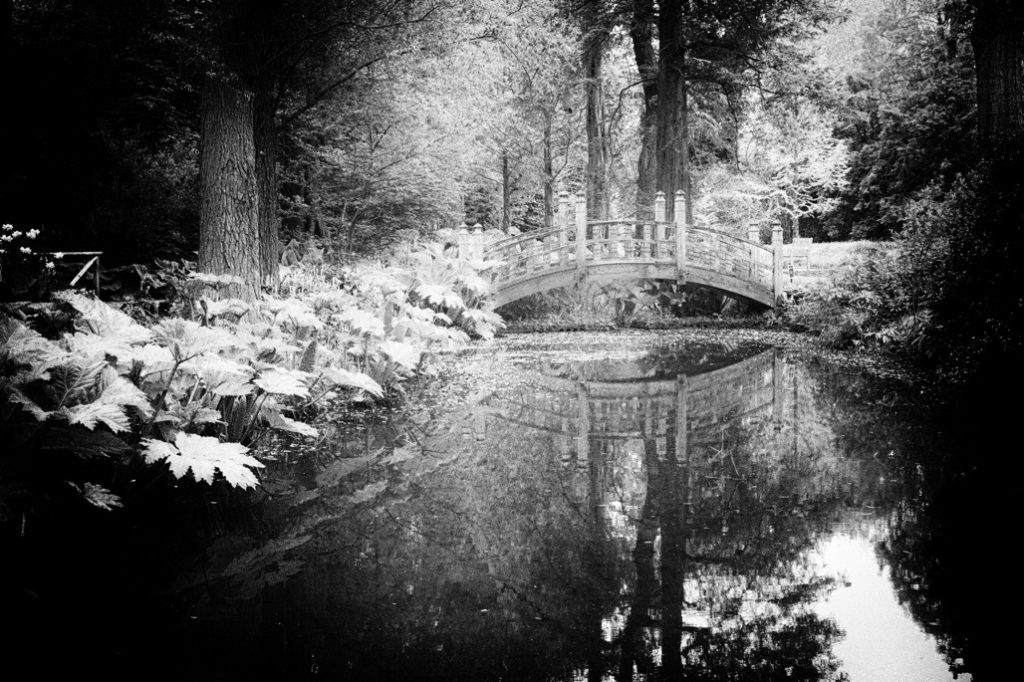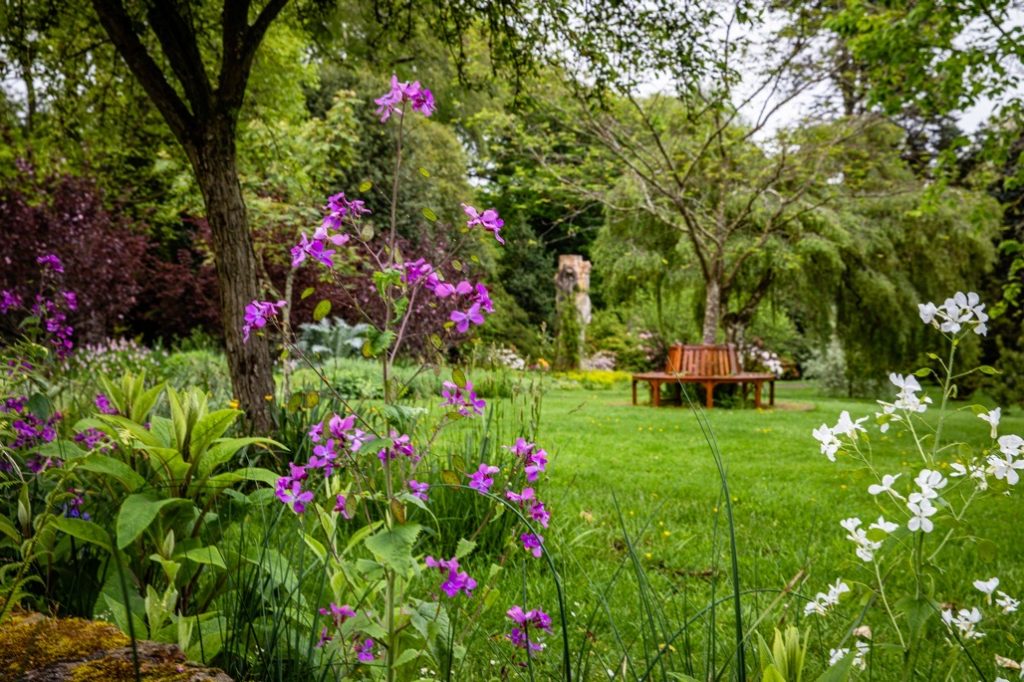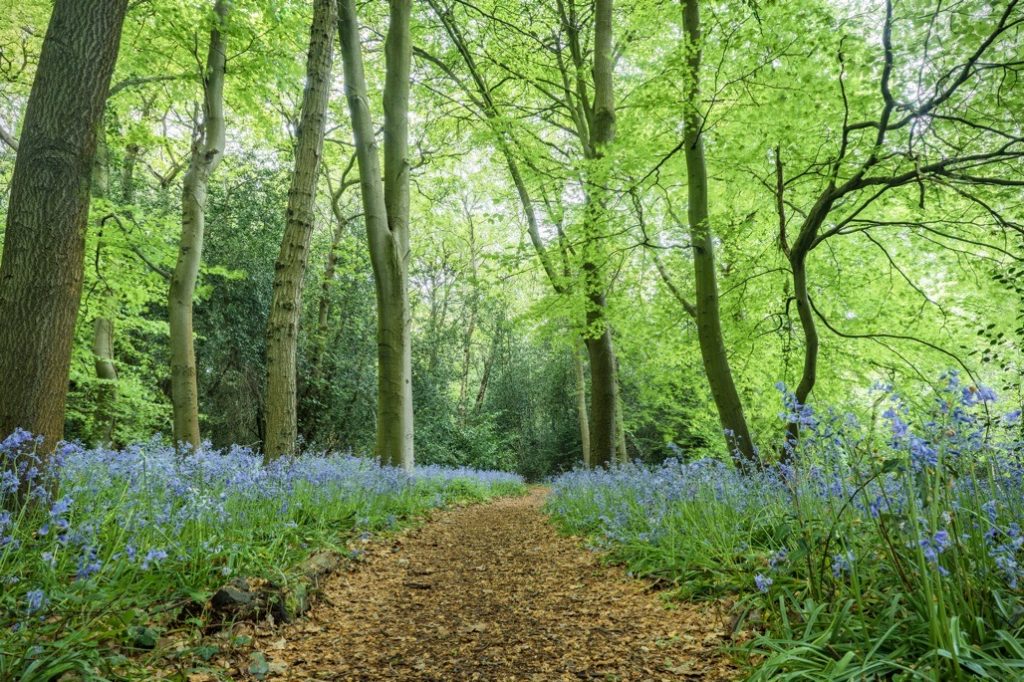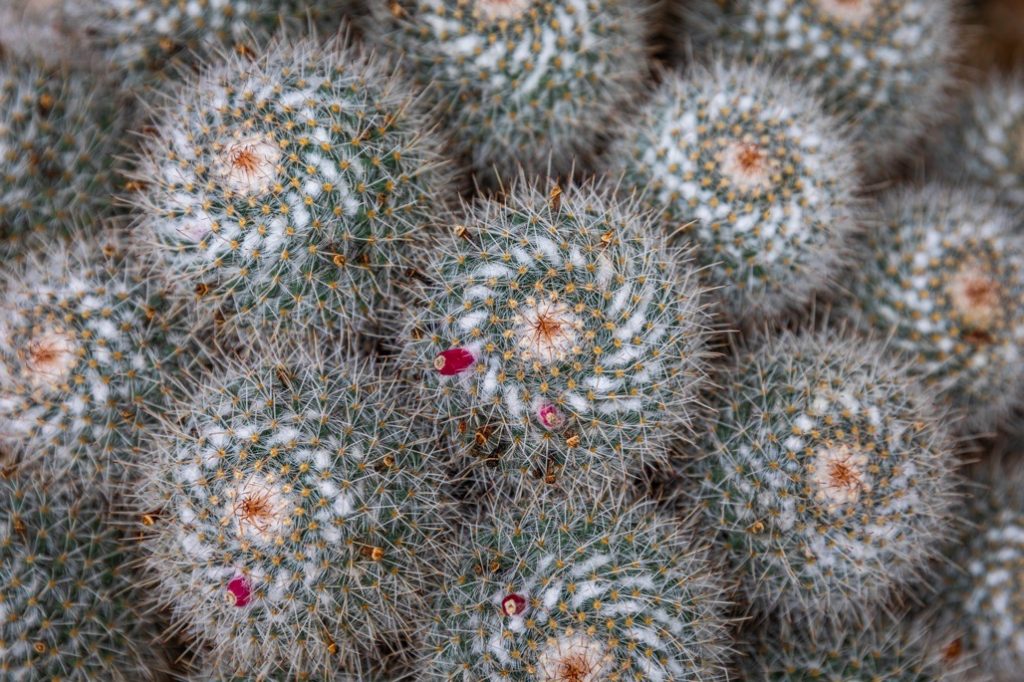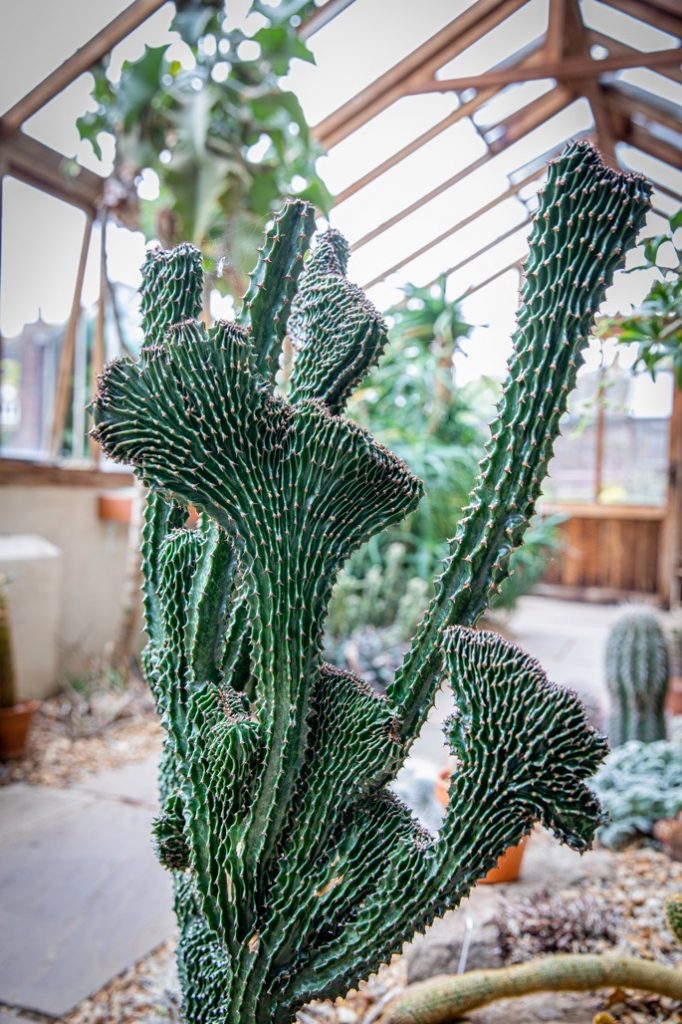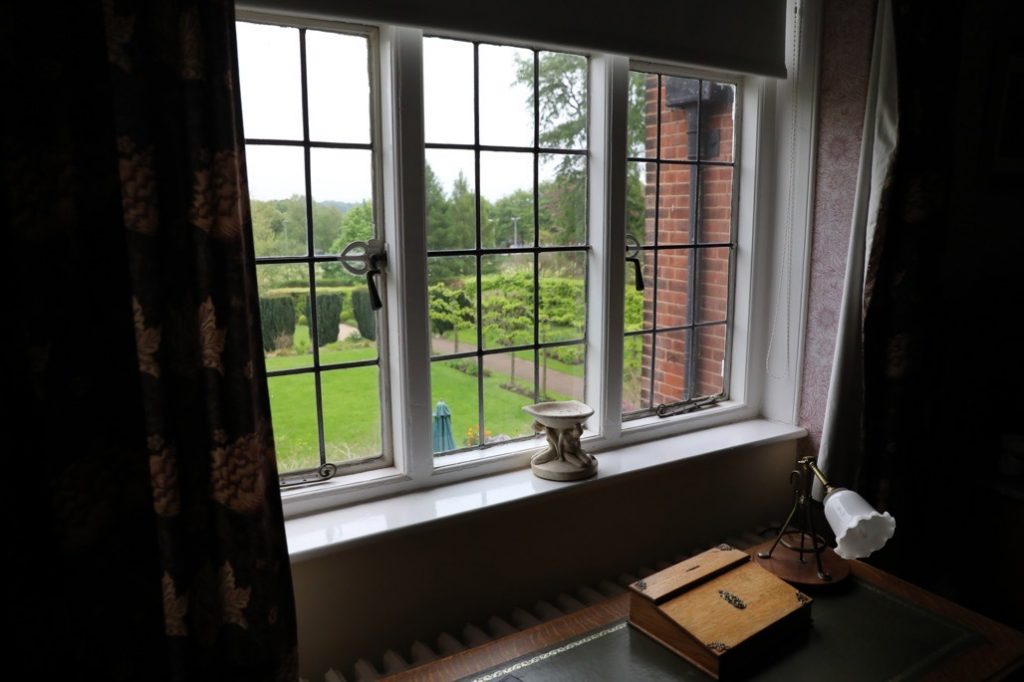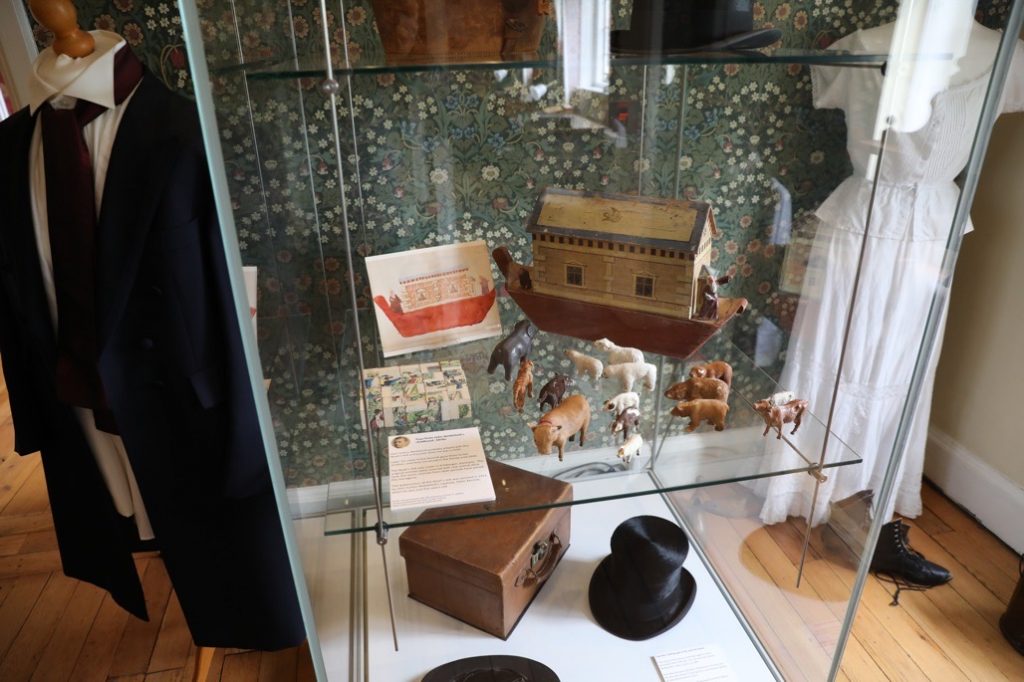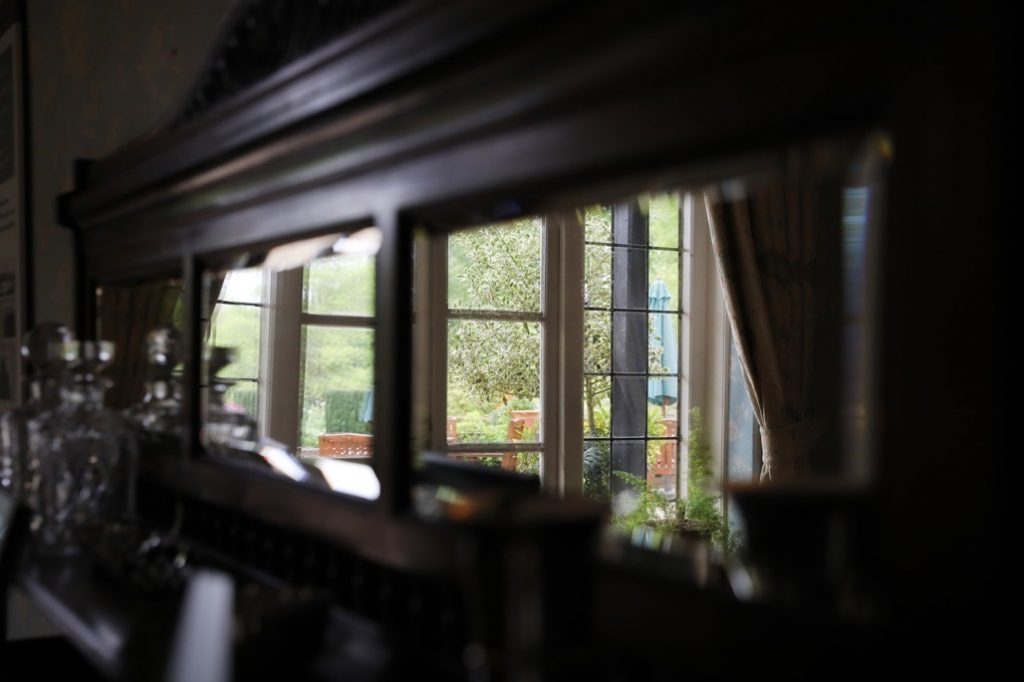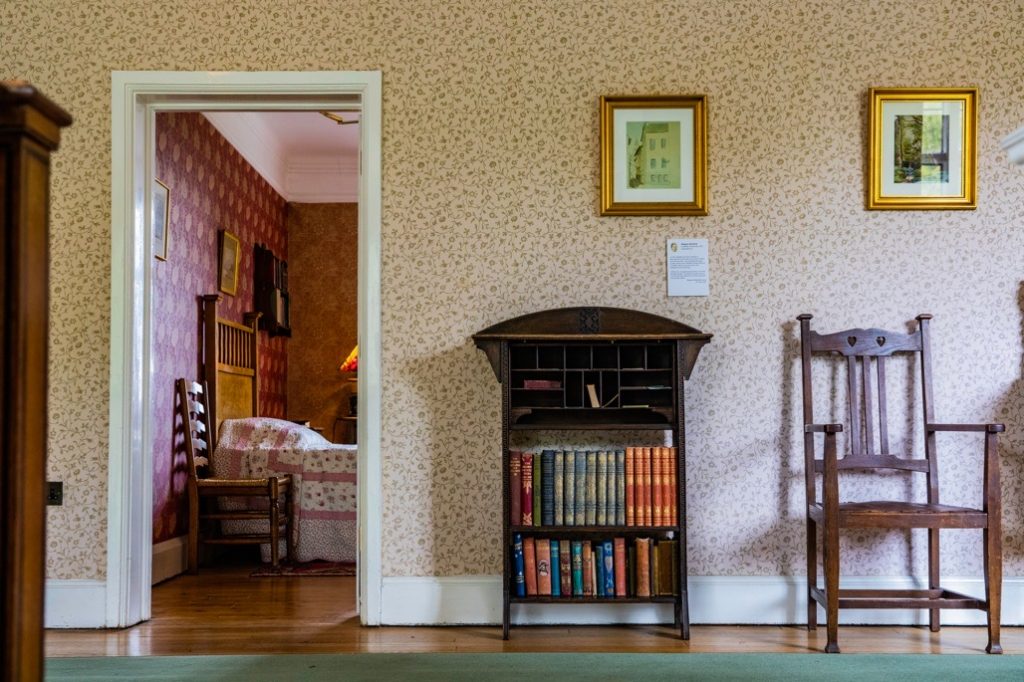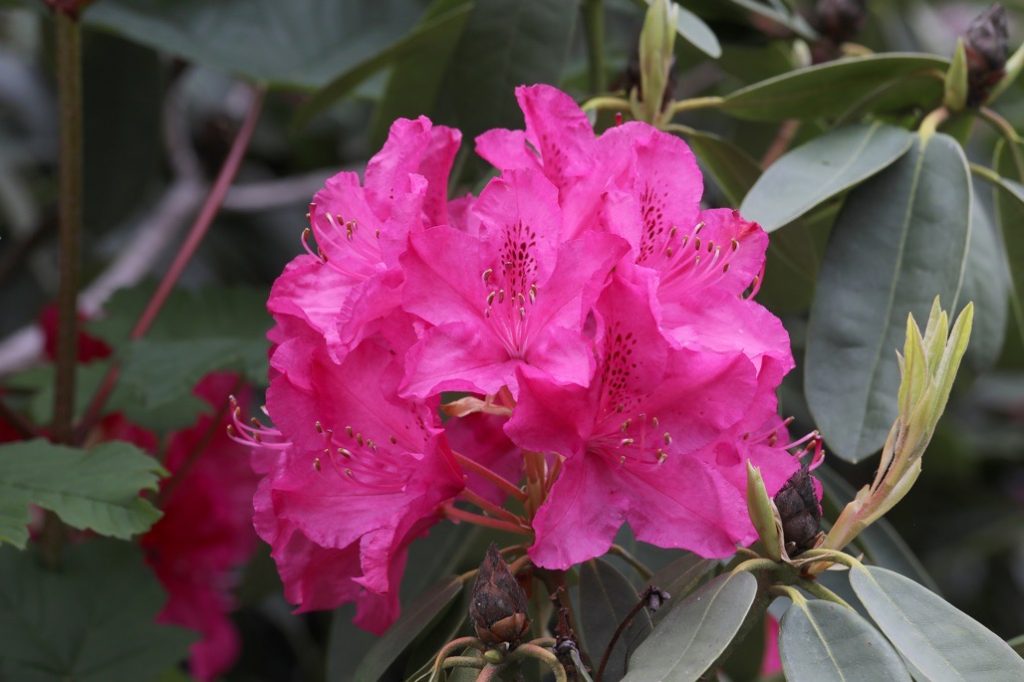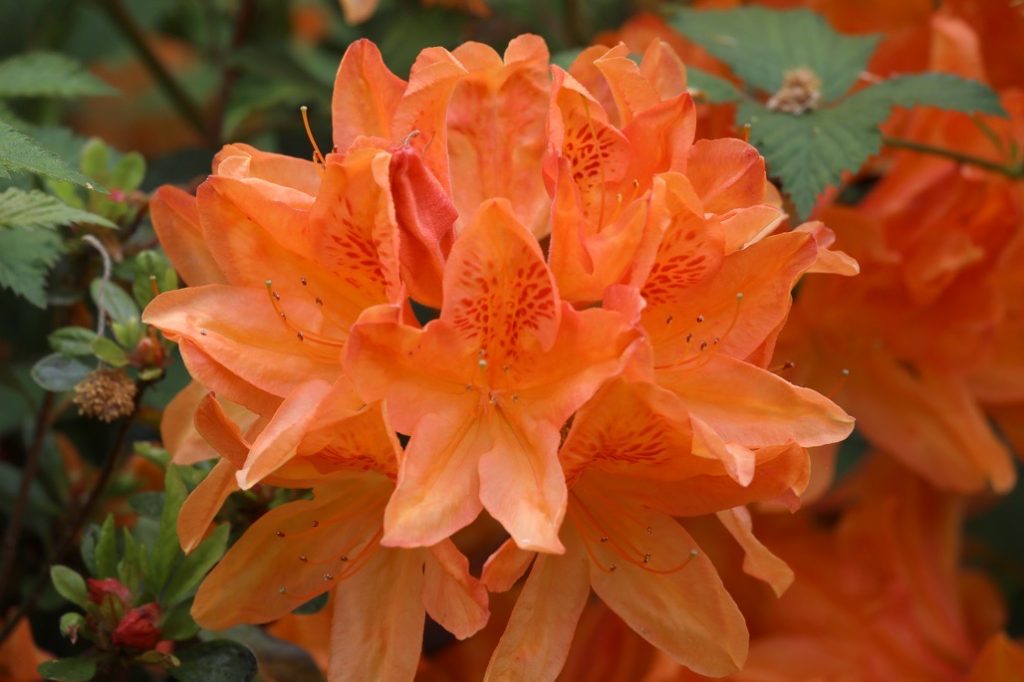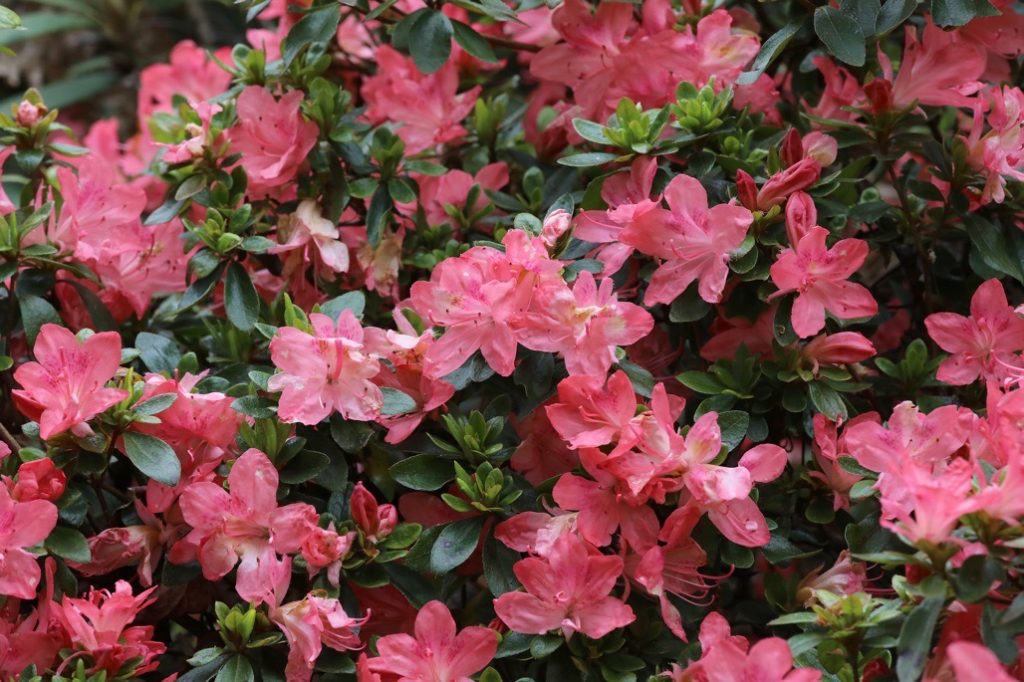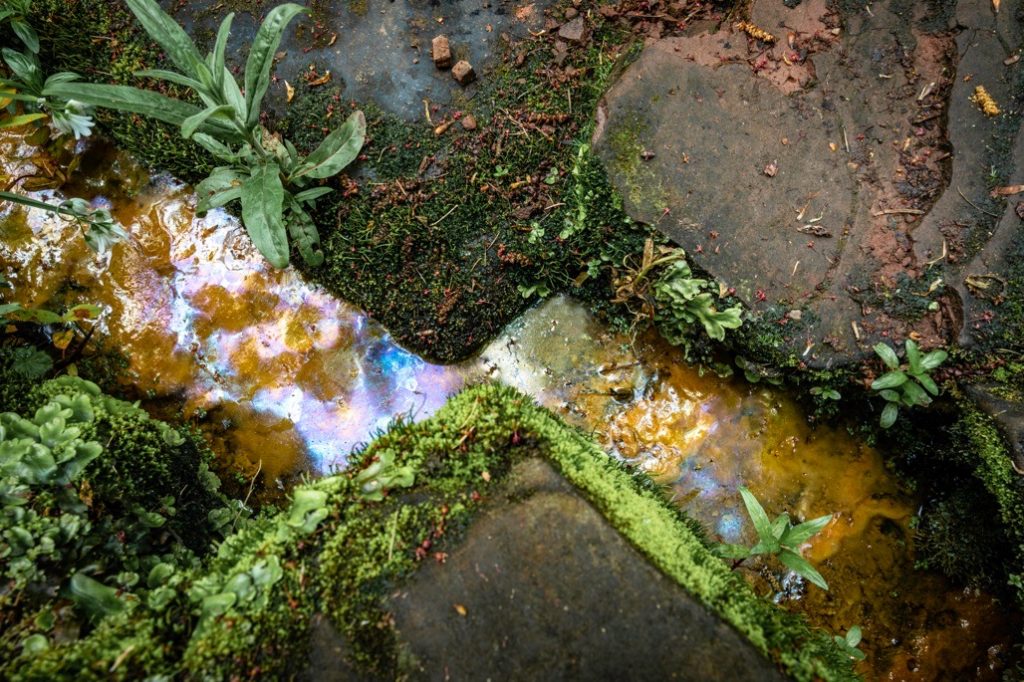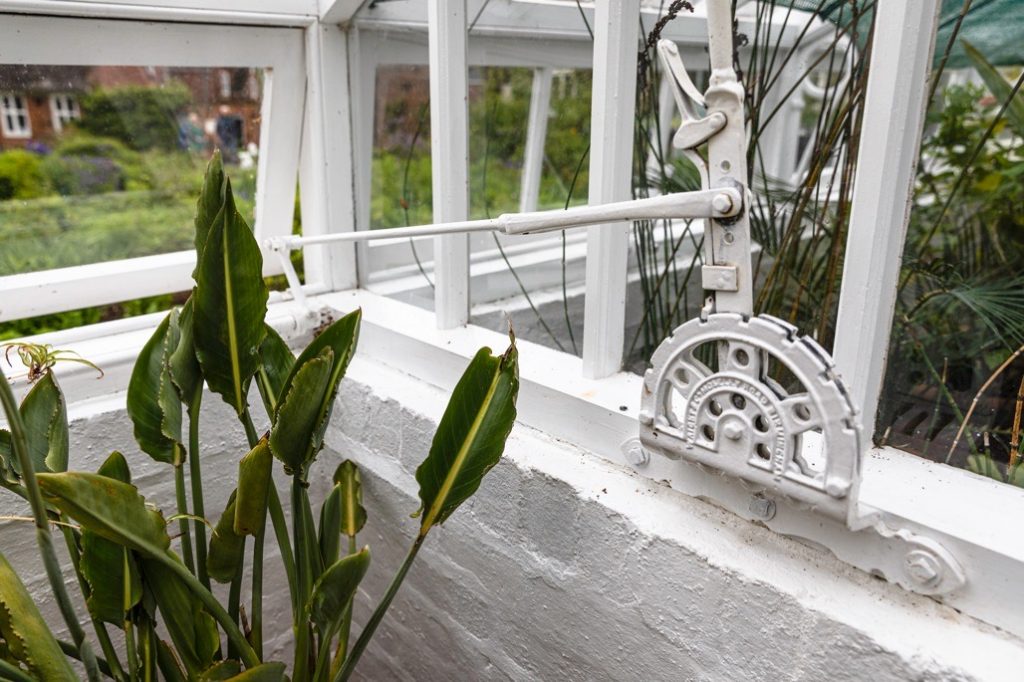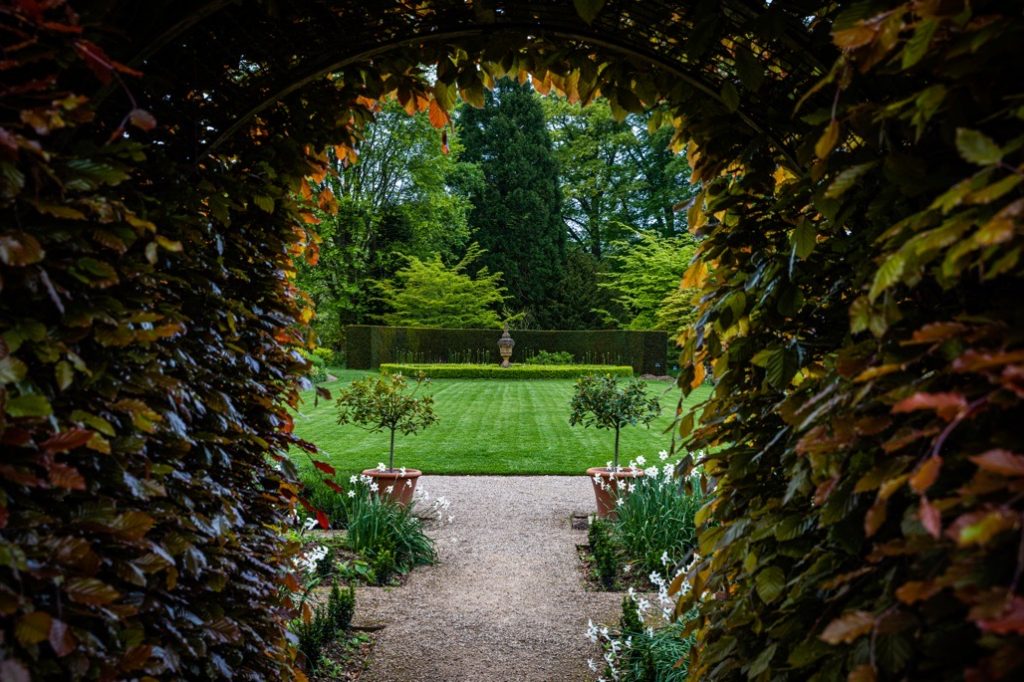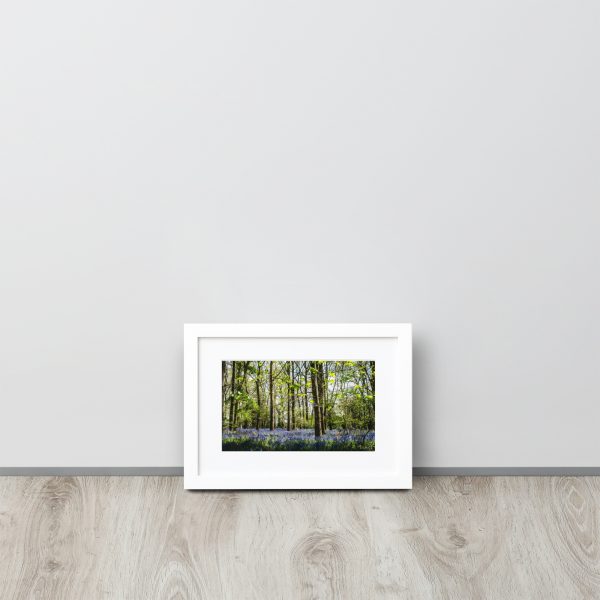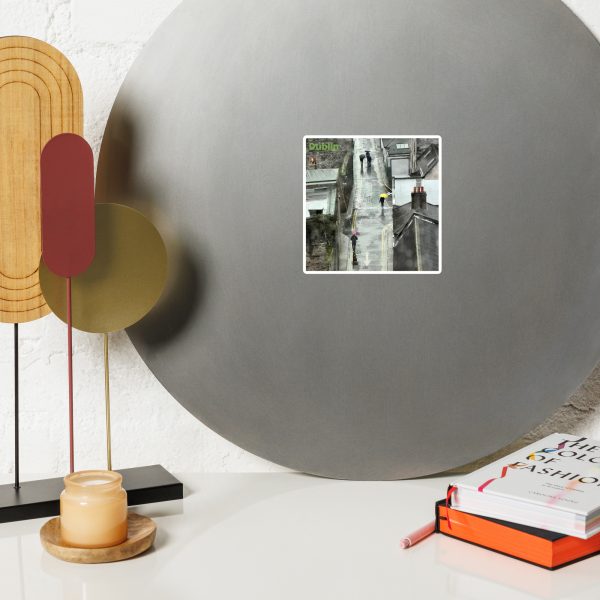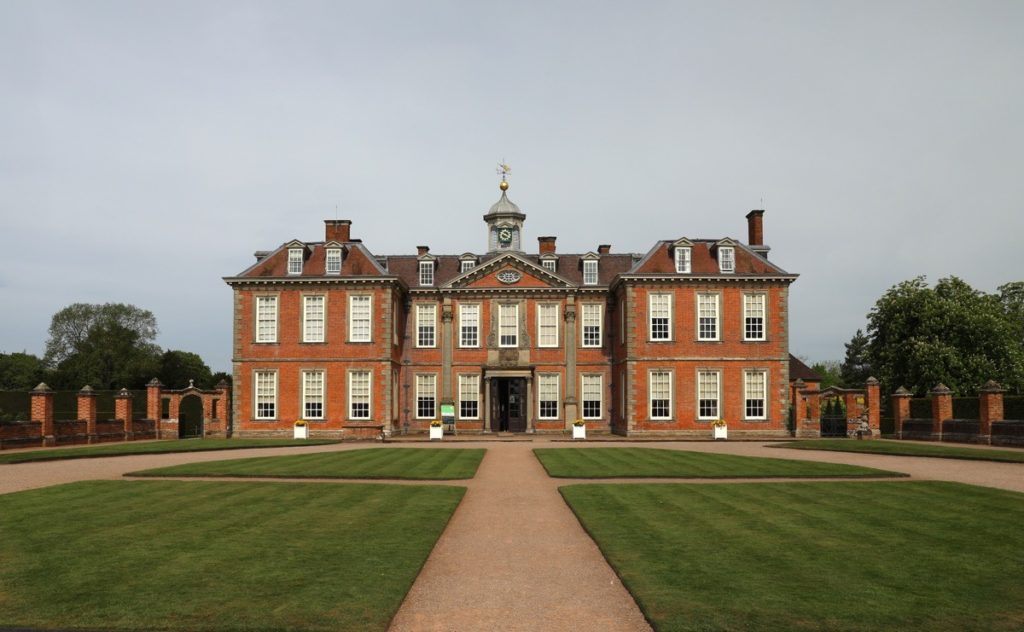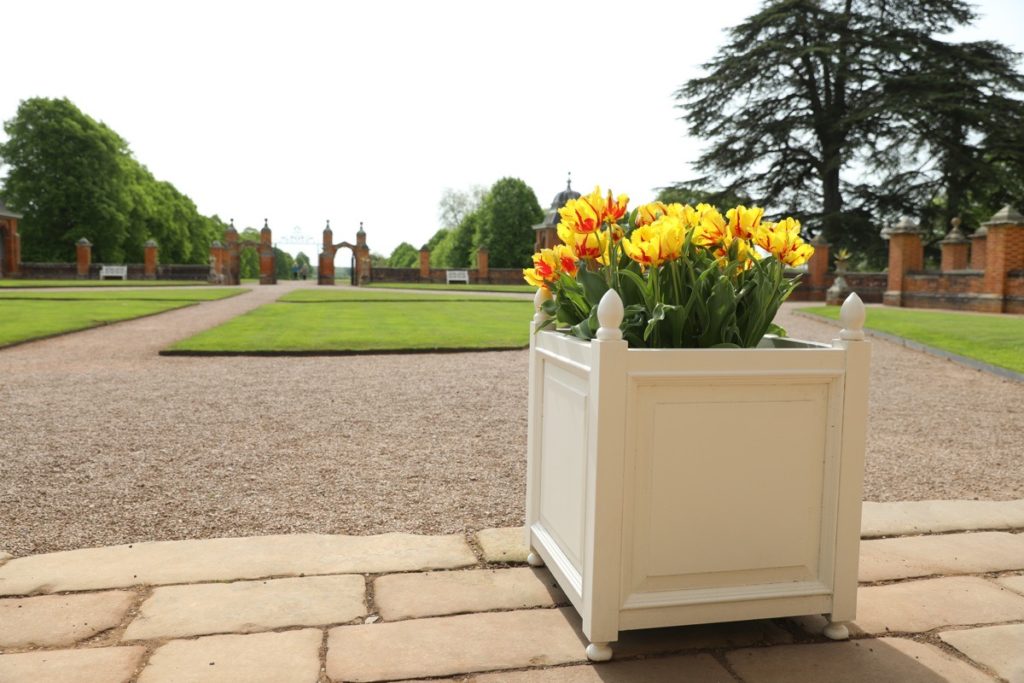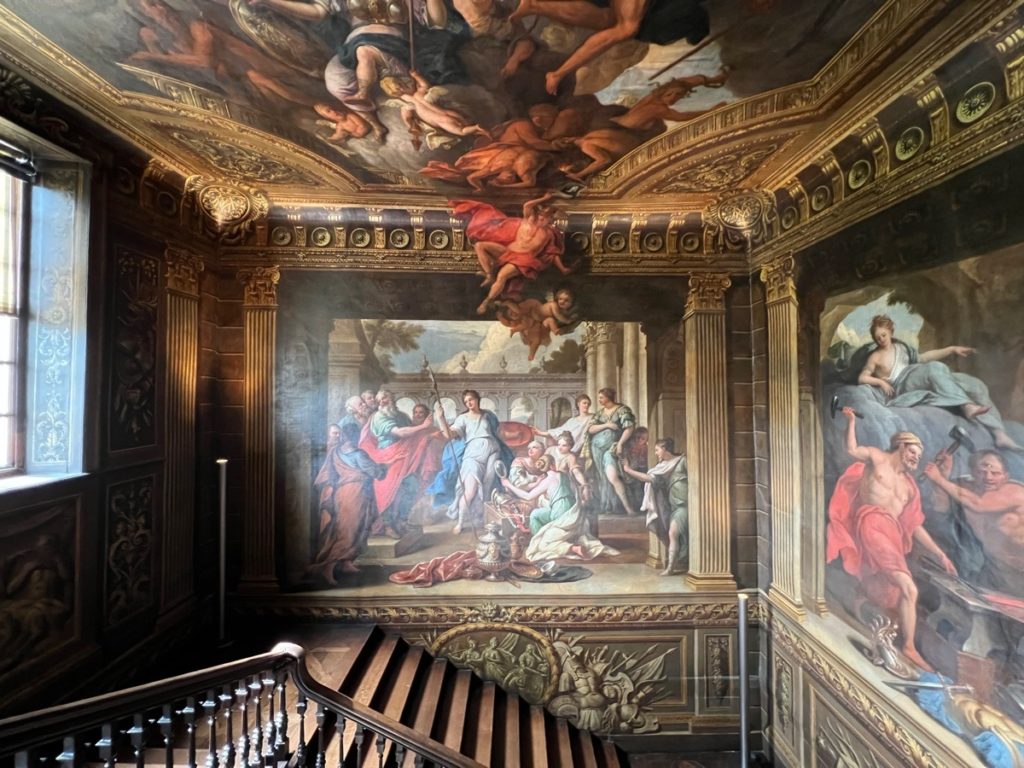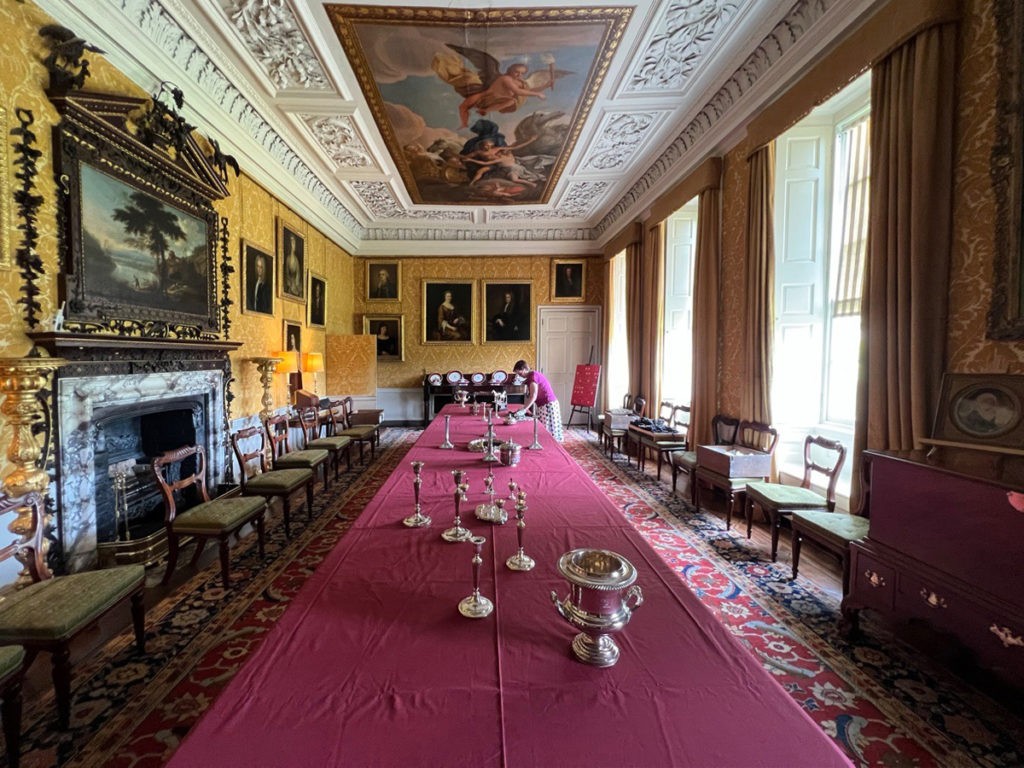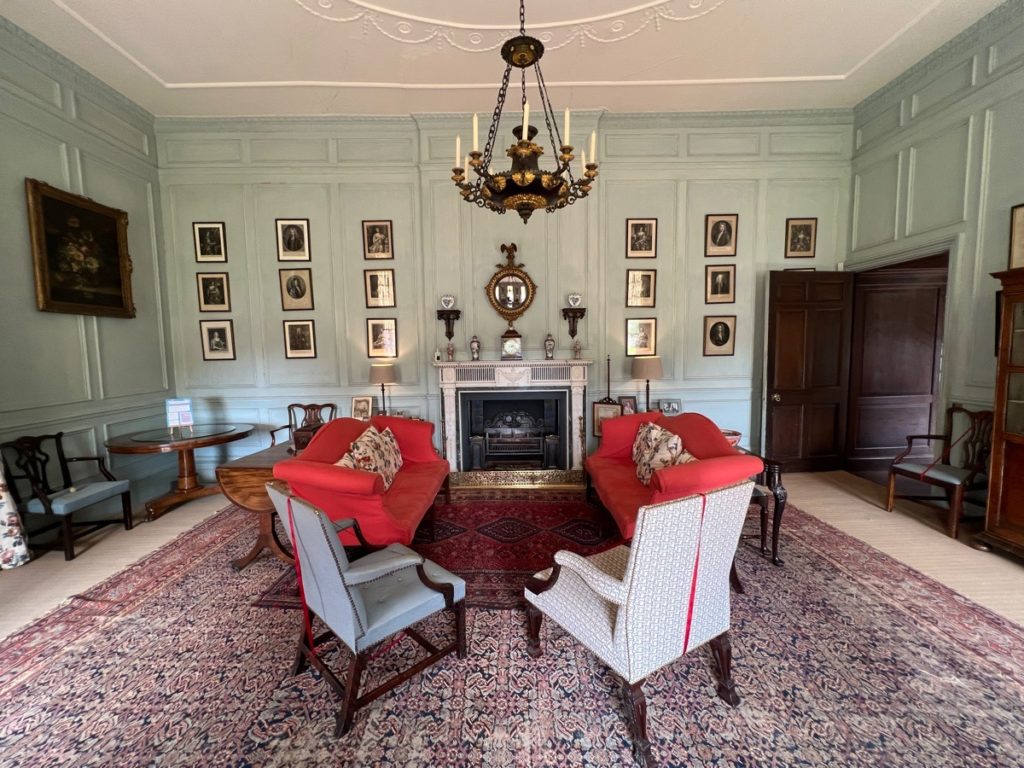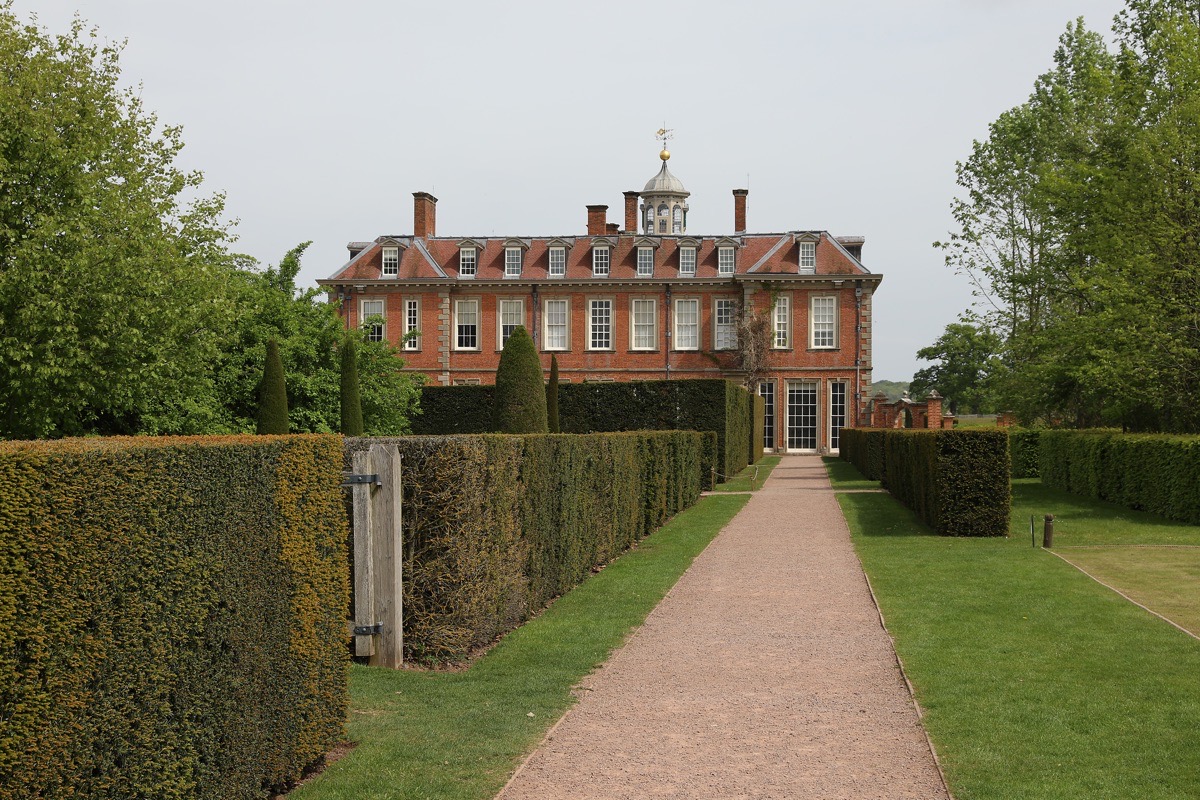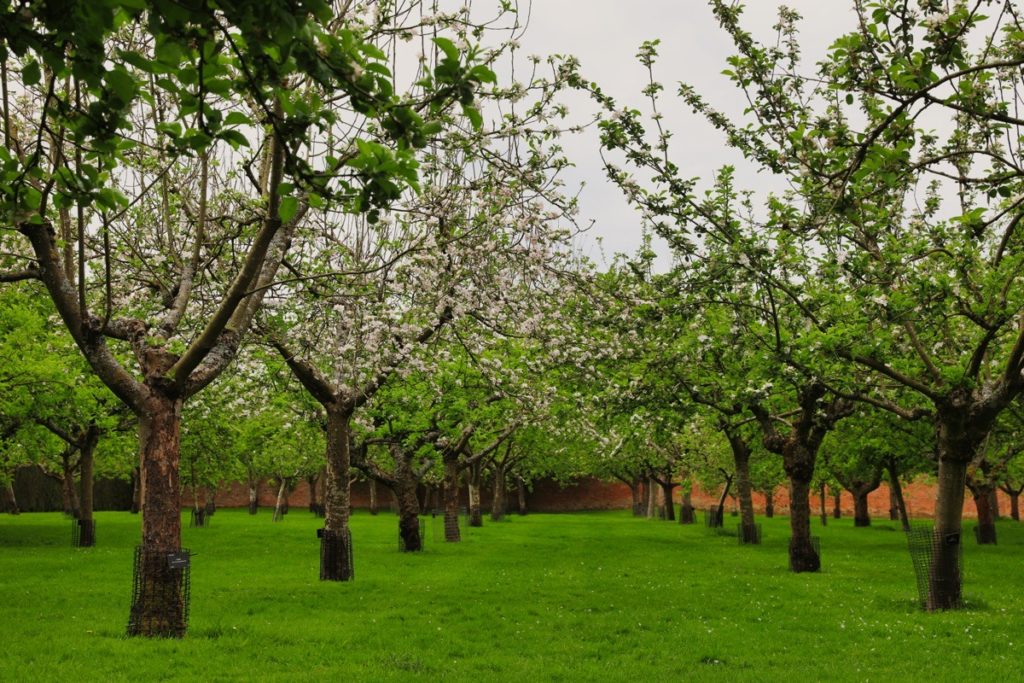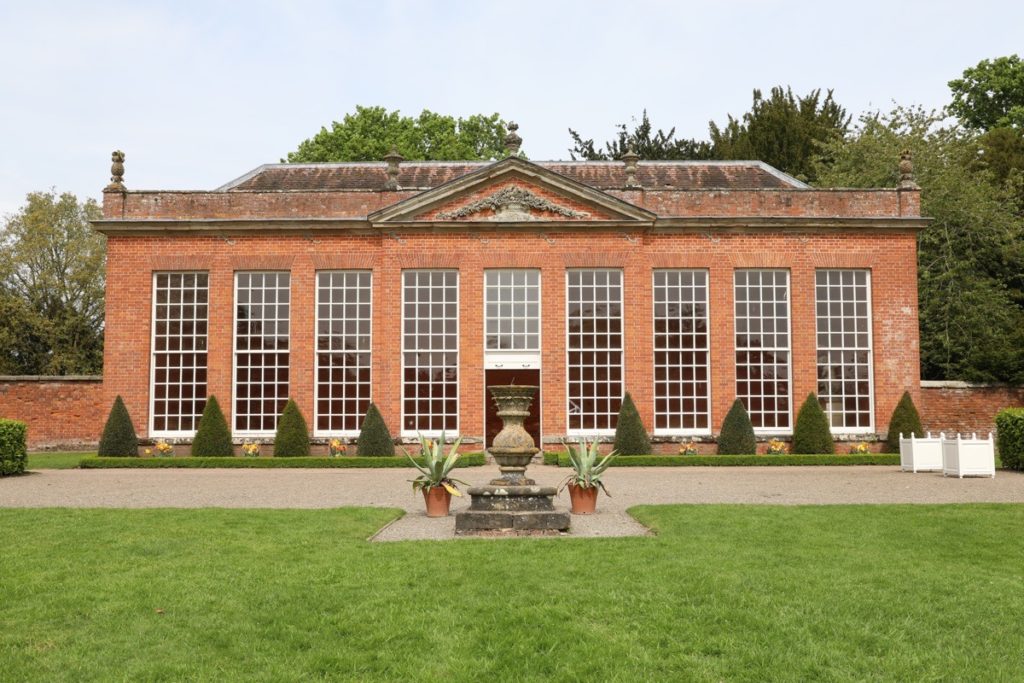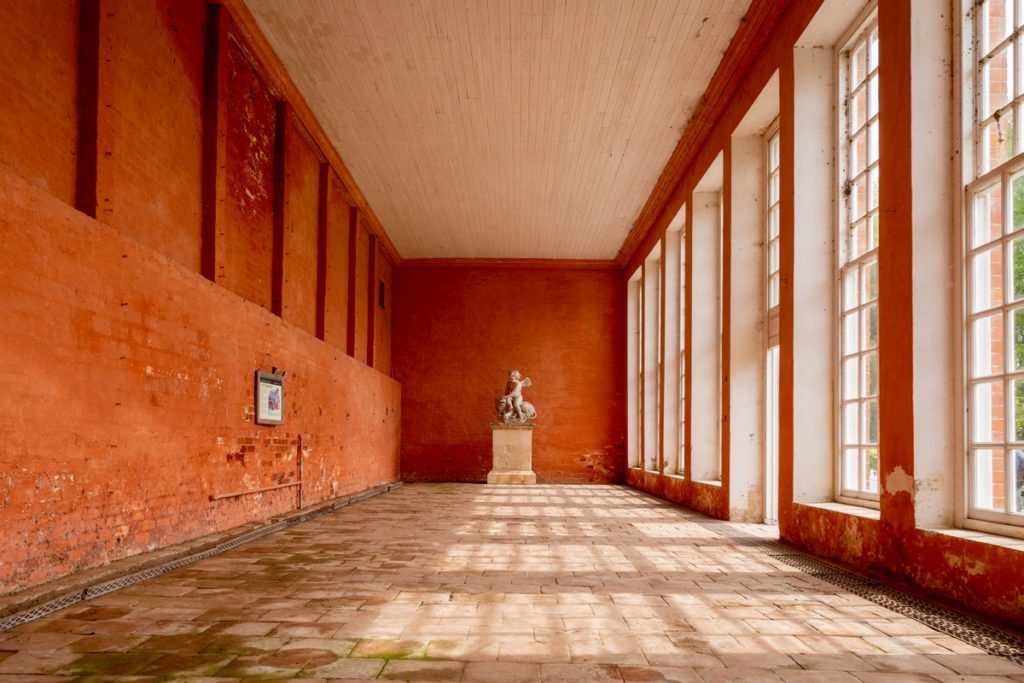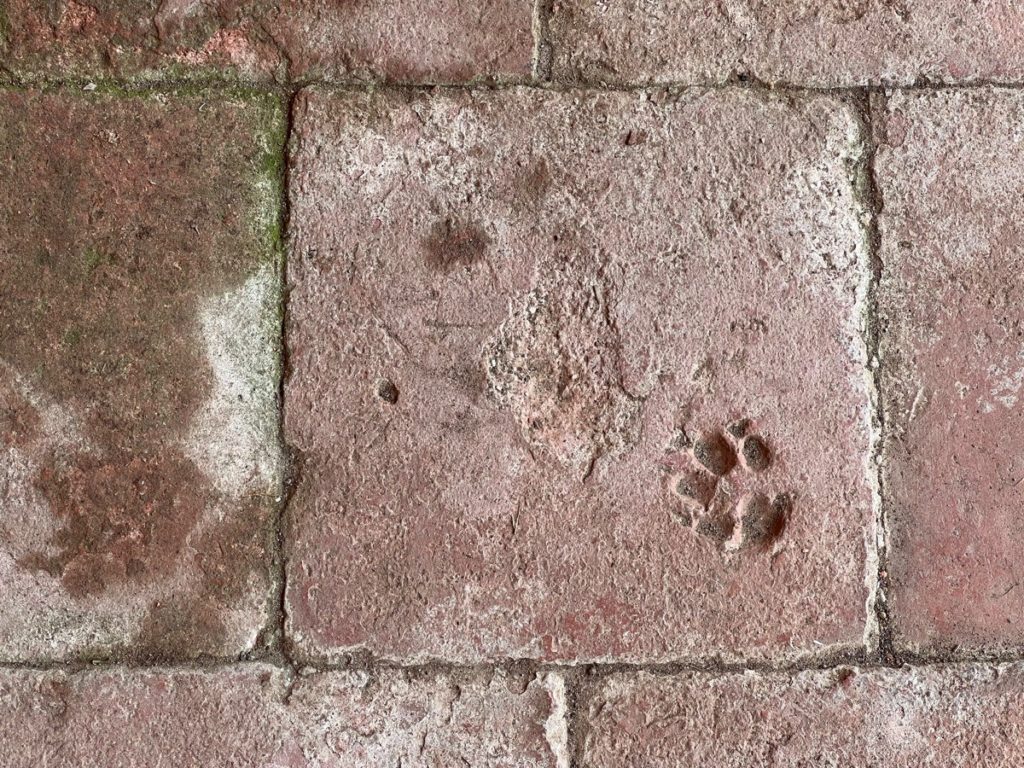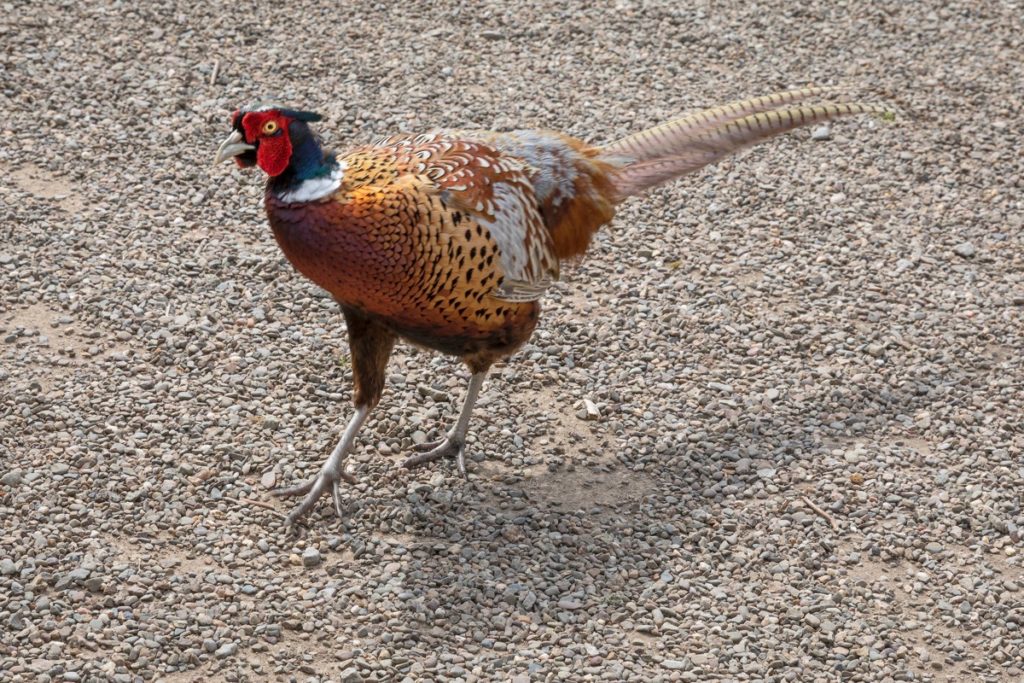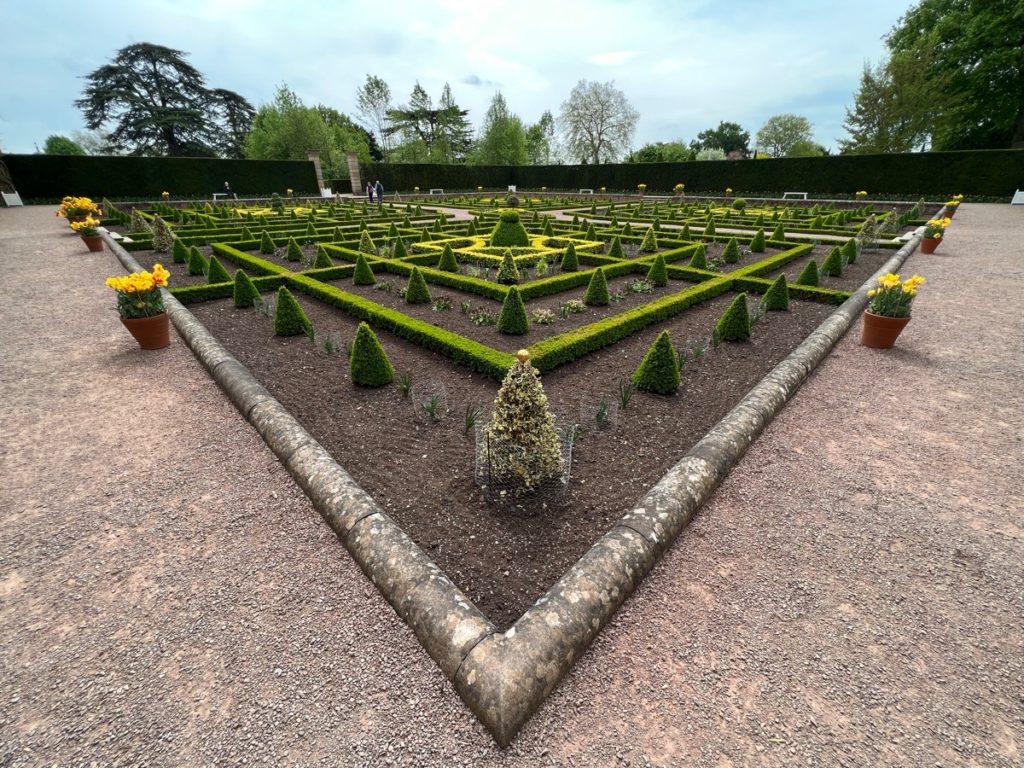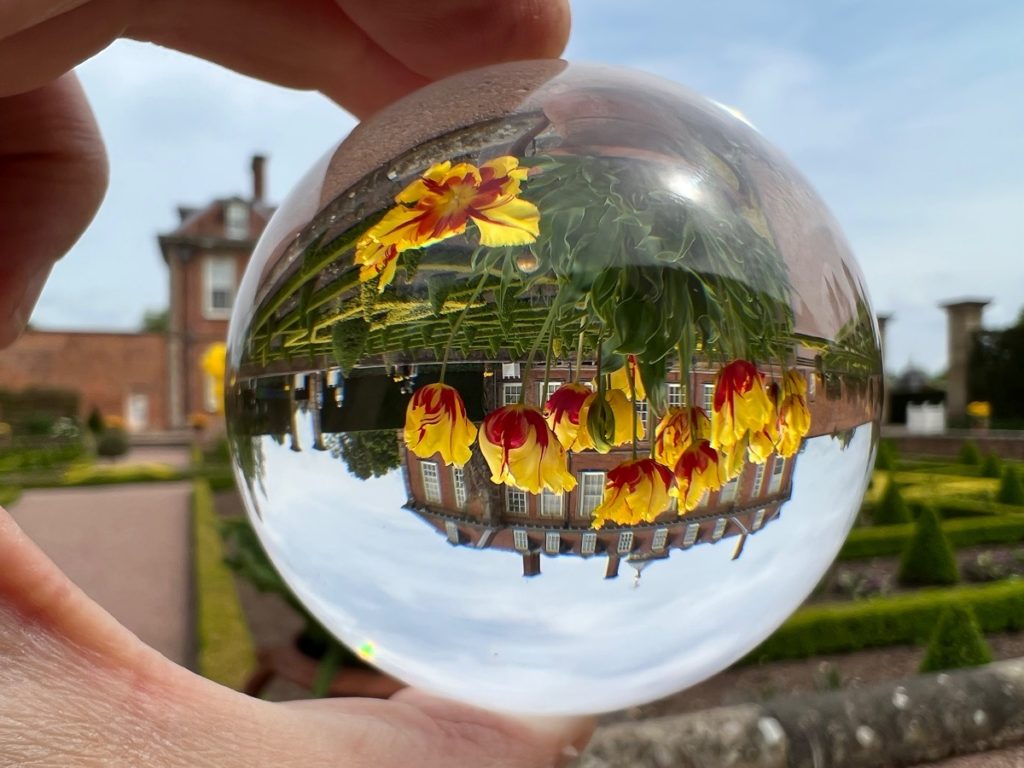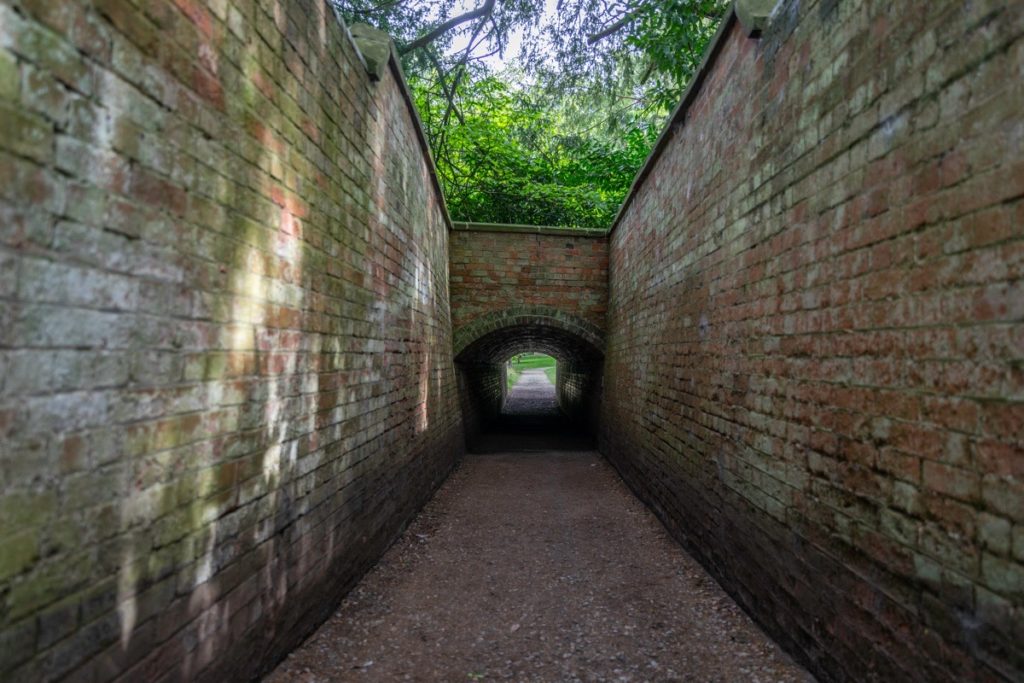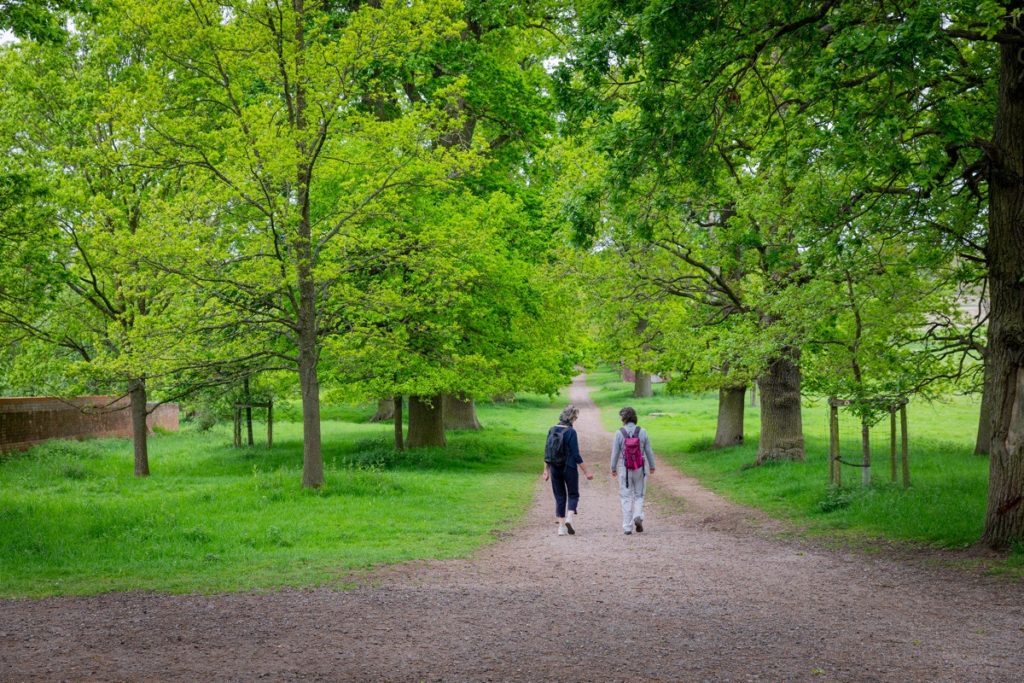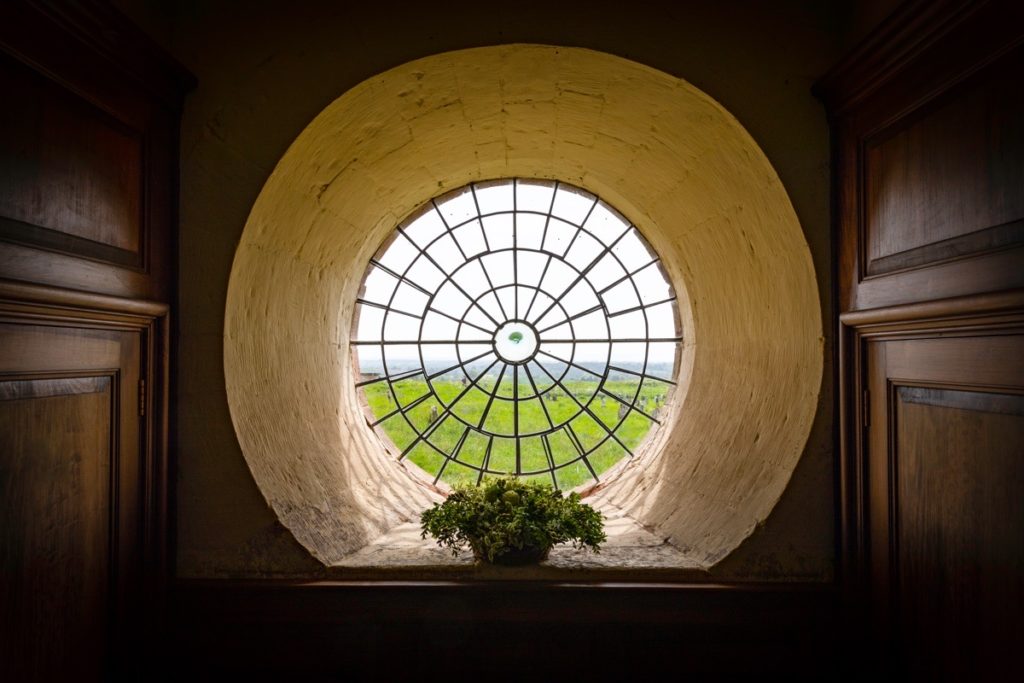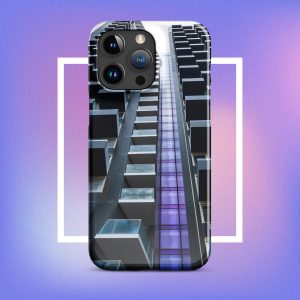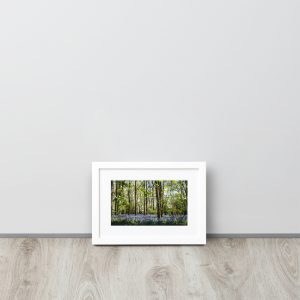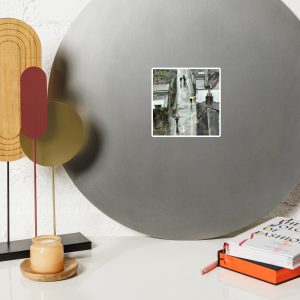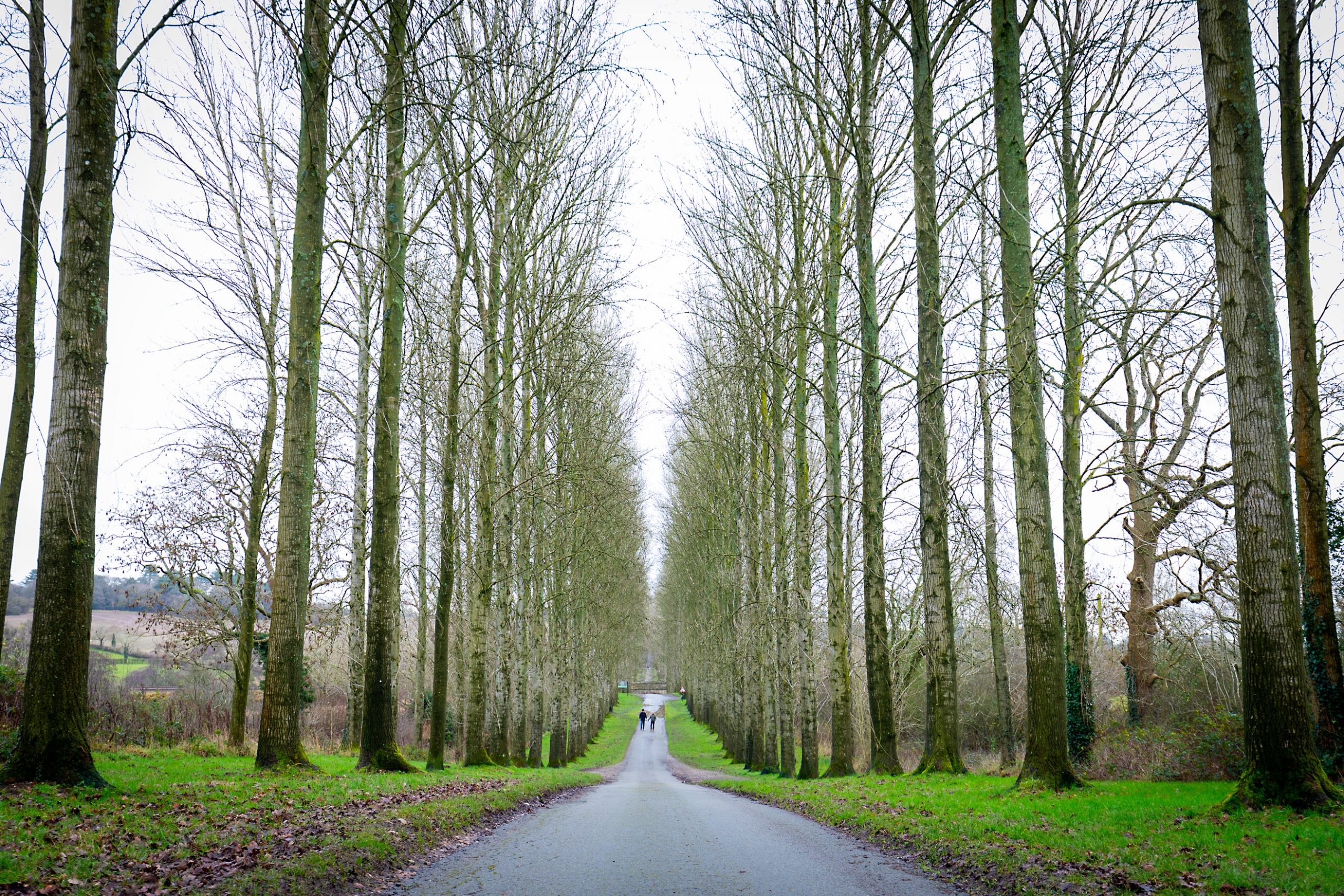Bletchley Park is conveniently situated between London, Cambridge and Oxford. This is a strategic choice as Bletchley Park is on the intersection with the Capital and the bright minds of the Oxbridge Universities. Mathematical geniuses were recruited to help the war effort by breaking down both German and Japanese codes. All this activity took place at Bletchley Park which is an inspirational place to visit. The amount of work carried out was on an industrial scale which was needed to break the complex German Enigma and Lorenzo coding machines. How this was done is an amazing story. The codebreaking work that took place is said to have shortened the war by nearly two years. One of the famous code breakers was Alan Turing who was an influential figure in computer science and the early development of artificial intelligence. His presence and those of the other people who lived and worked at Bletchley Park are felt in every part of the Park. Whilst there is a male narrative about the work, Bletchley Park looks to correct this and highlights the important role of women. Bletchley became reliant on a female workforce which outnumbered the males by four to one. One of these was Turing’s close friend and confident Joan Clarke, who was immortalised in “The Imitation Game” by Keira Knightley.
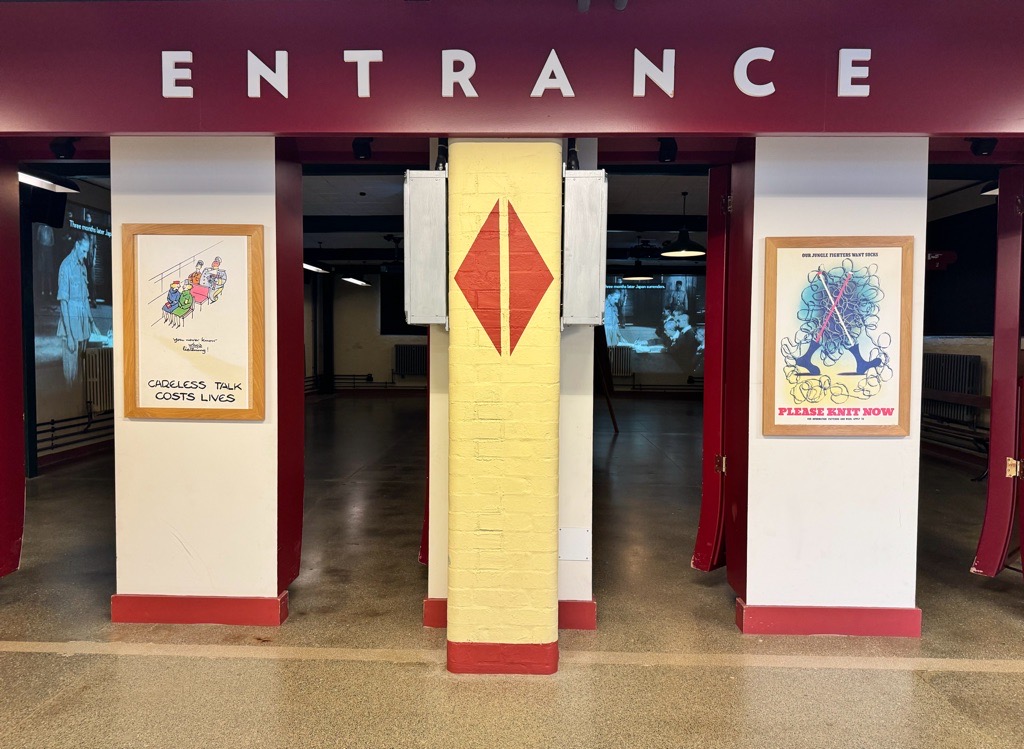
When you arrive at Bletchley park, your first sight is several rows of the regimented army buildings. Entering the welcome area, you are briefly introduced into the work that took place and how it influenced the war efforts. The museum recommends that you head over to the Mansion and then work your way back through all the huts and exhibitions. This account is of my photographic journey through Bletchley Park. Links to the history and the museum are set out at the end to take your interest further.
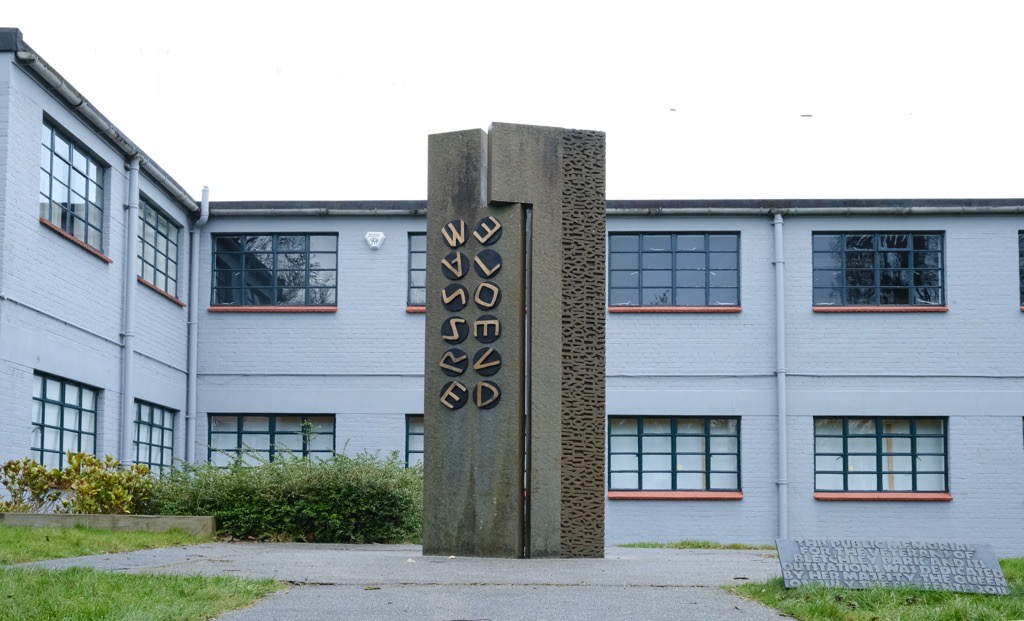
As I walked up to the Mansion, I encountered the lake which is set in front of the house. The display boards provide rare pictures of life at Bletchley Park. Due to the secretive work, very few pictures were taken. The ones that survived provide an interesting backdrop to the human element of code breaking. I particularly enjoyed the views of the lakeside in the winter. I took some time taking my own reflective photographs of the lake with the buildings surrounding it.

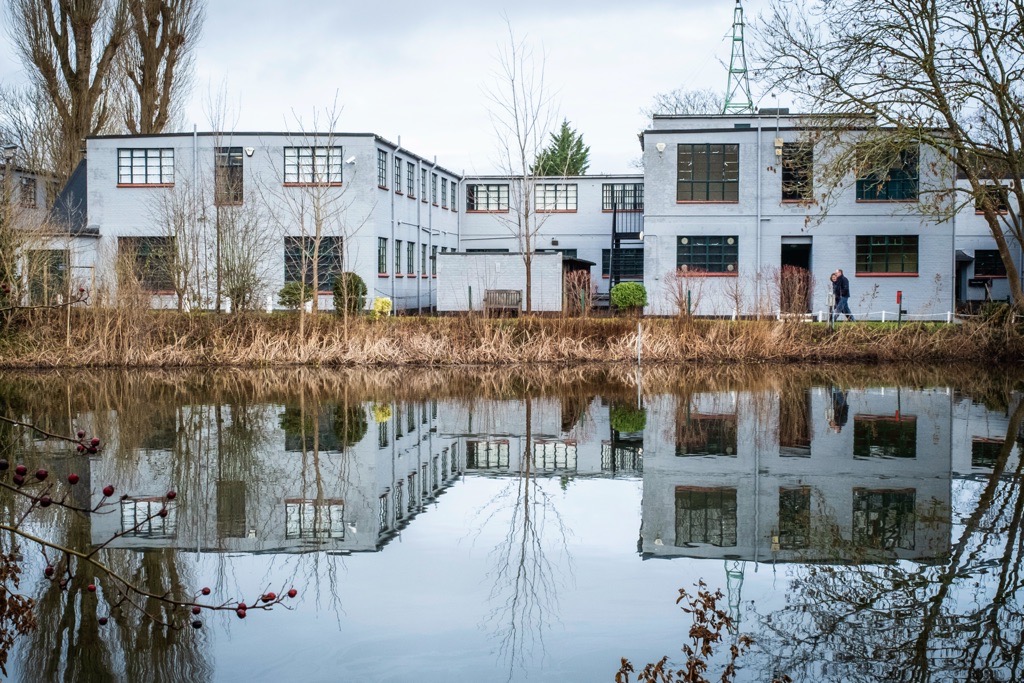
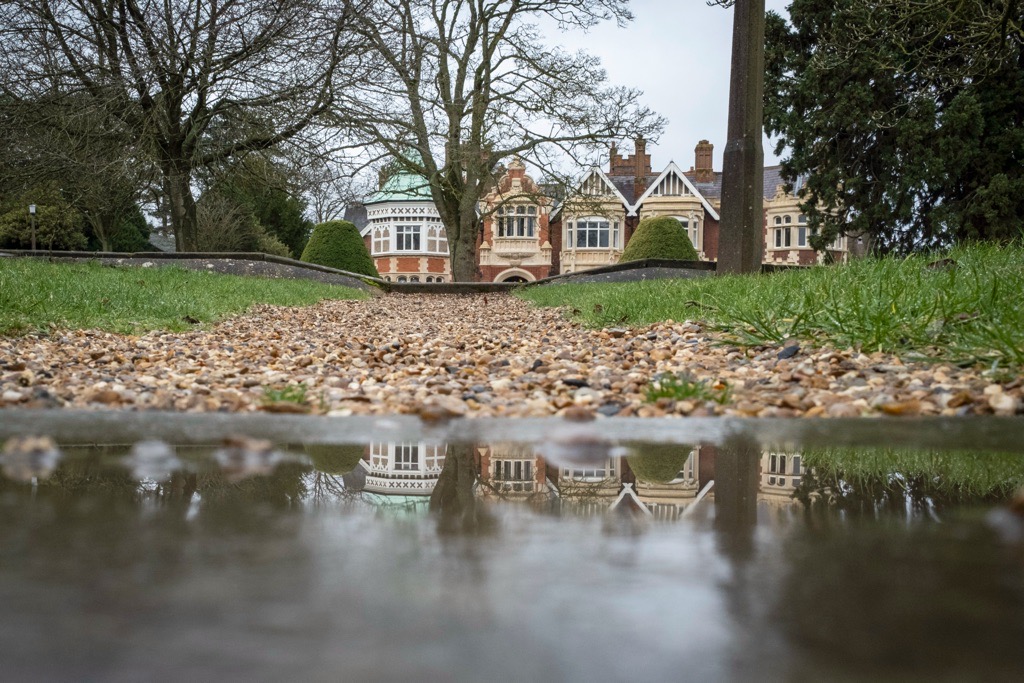
Before entering the mansion, I visited the wartime main entrance at Wilton Avenue. I tried to imagine how it would be arriving to work and passing through the gates. The mansion is impressive with large rooms, stained glass ceilings and various other rooms mocked up to show what life may have been like. I was not able to get good pictures of the mocked up room due to the number of visitors and I was more taken with the interior design of the building. Next to the house is the stable yard surround by several cottages. These houses are where the more prominent personnel would have resided. As you leave this area you pass through several blocks and huts. There is much to see and difficult to absorb all in just one visit.
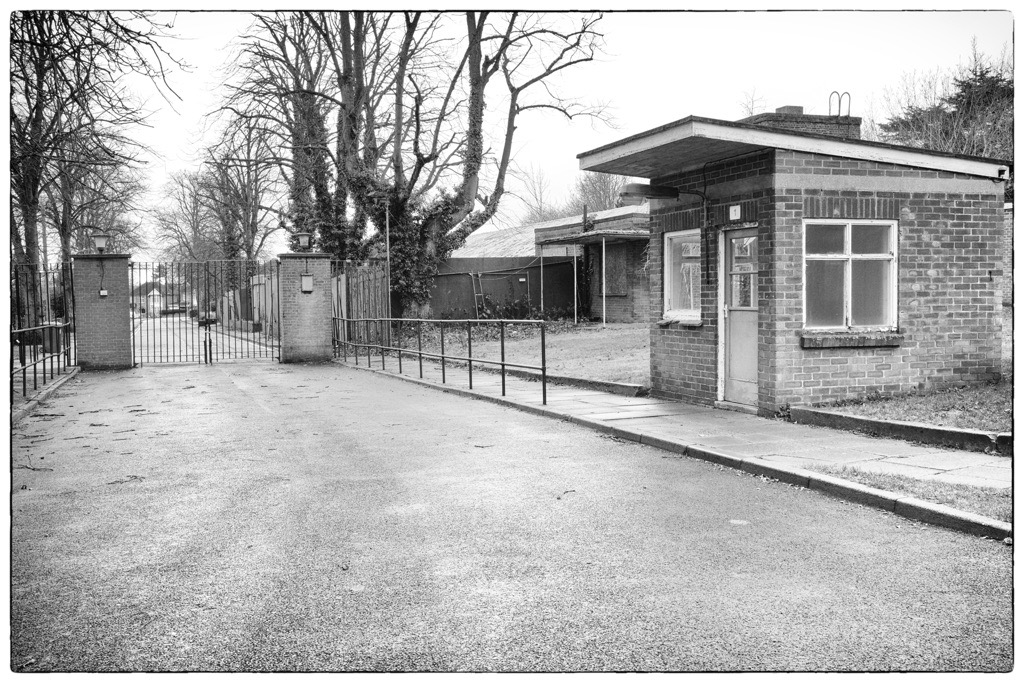
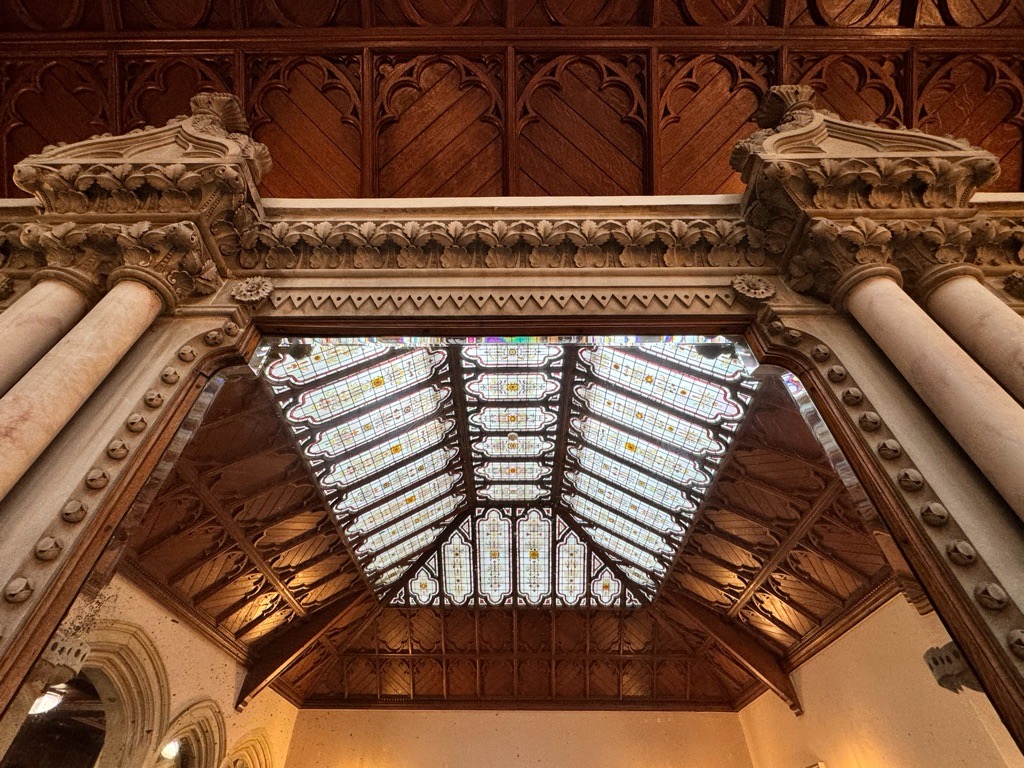

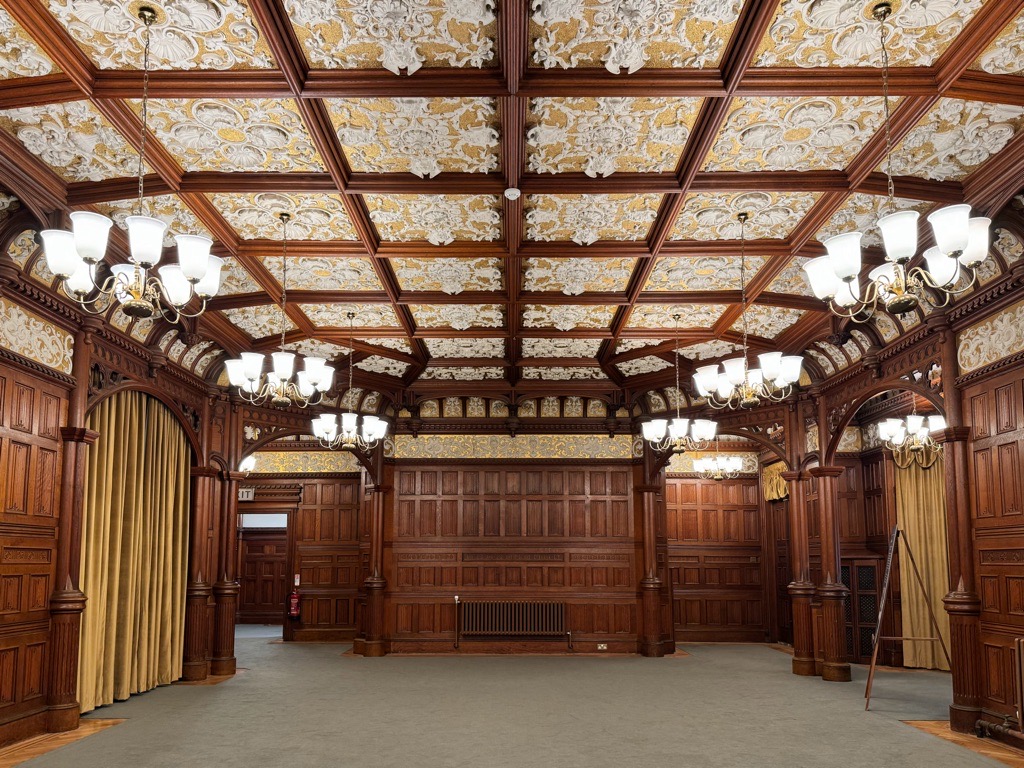
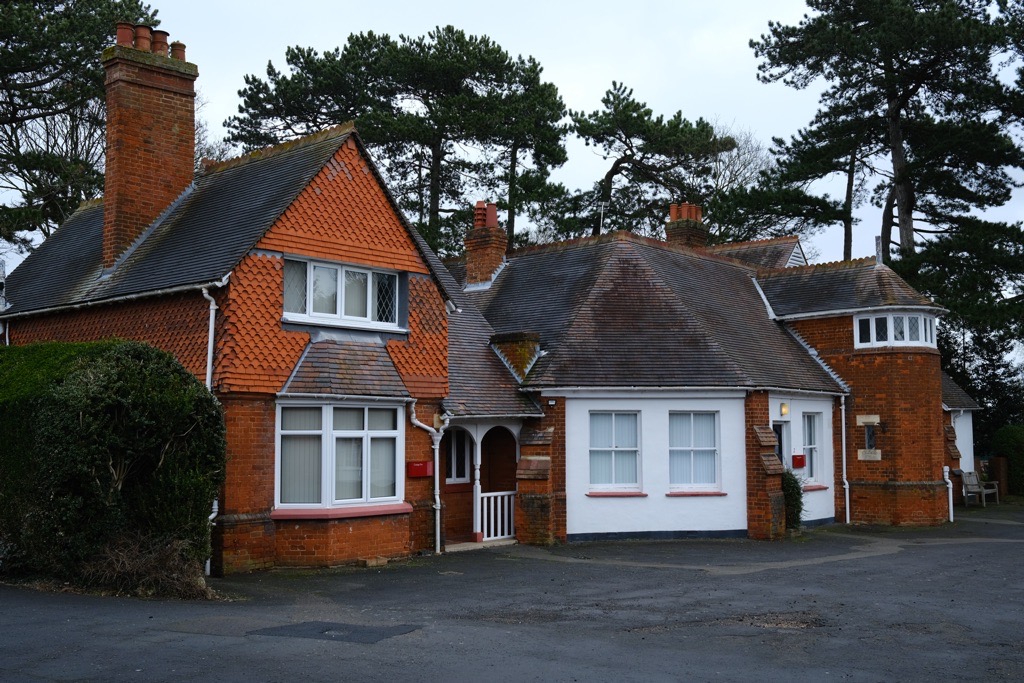
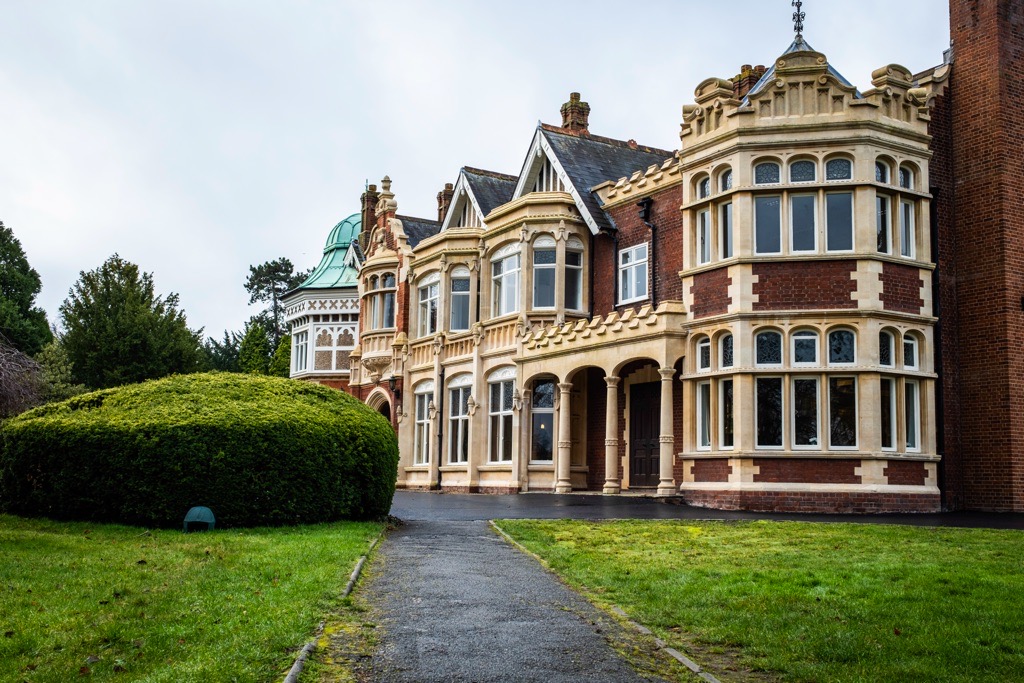
Hut 8 was where Alan Turing was based, as he sought to break the Naval Enigma code. He concentrated on the Naval Enigma code as this was more difficult to break and he came up with different techniques to achieve this. The reconstruction of his office showed the basic conditions that the code breakers worked in for many hours of every day. On the other side of Hut 8 was the codebreakers wall with the names of the personnel at the site who were instrumental in the work.
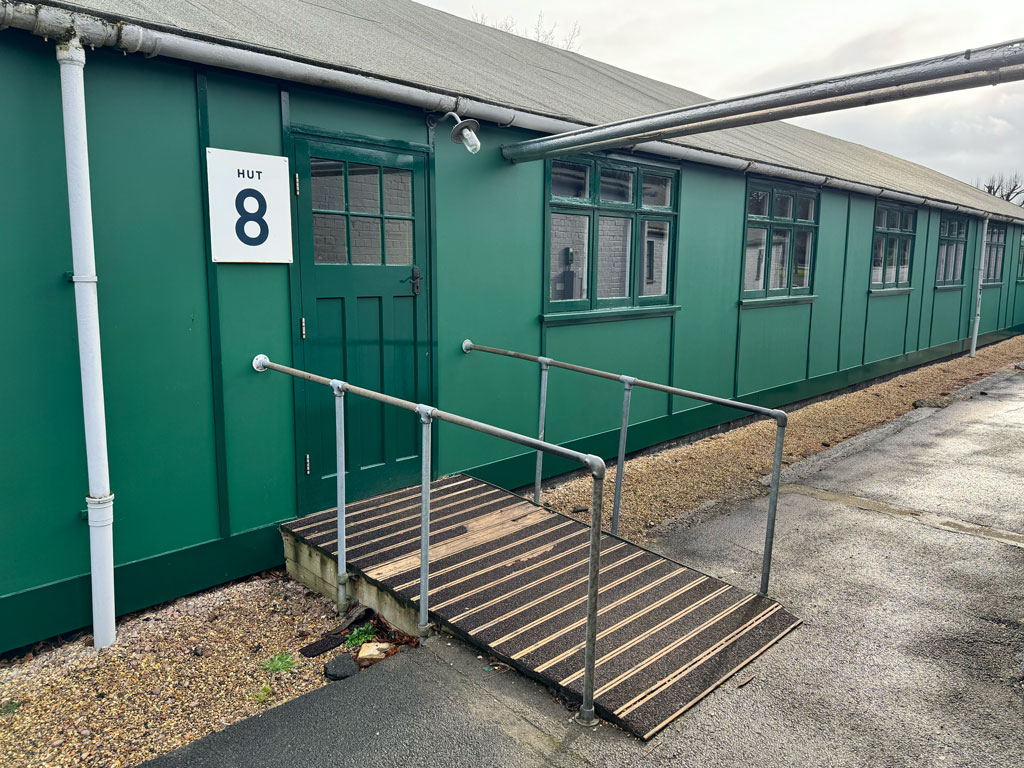
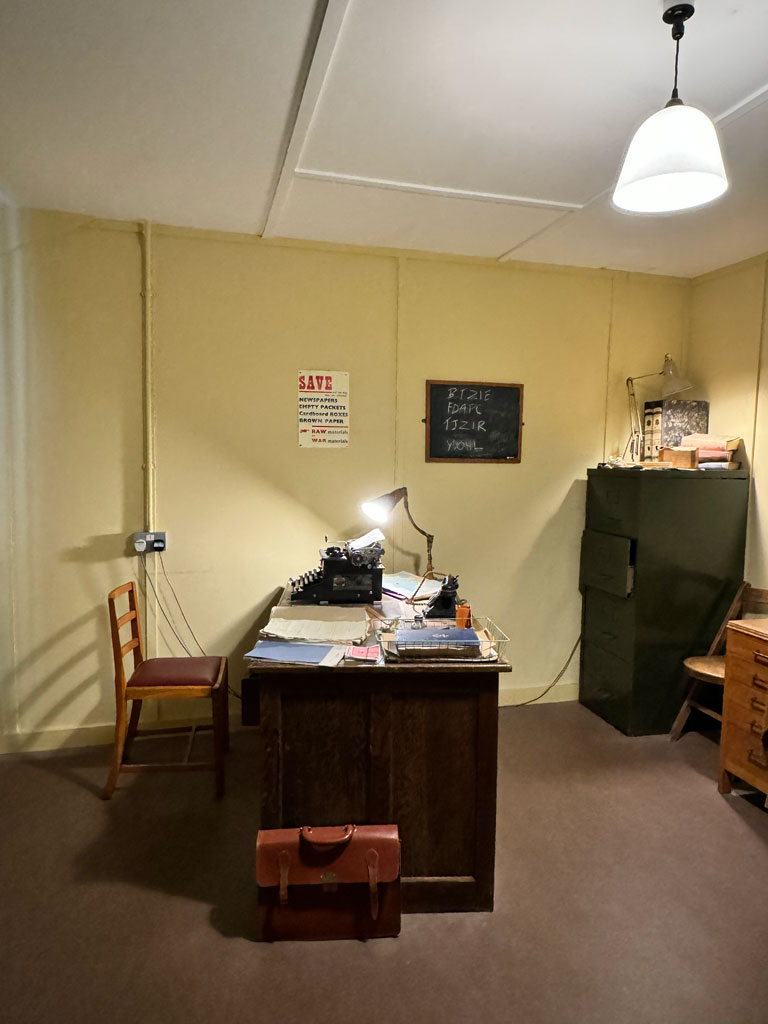
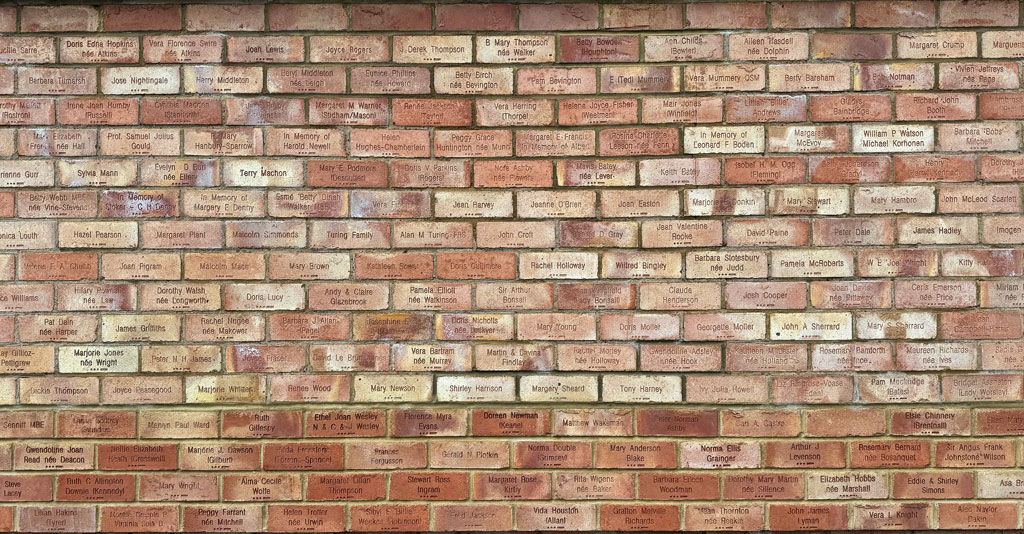
A block and B block gave details of the work that was done and included some rare archival film of the workforce. So much information to take in and for me one of the highlights included the memo board. The communications covered some important and some of low priority messages that passed around the Park. It amused me to show that even then the British do love their administration and red tape. The maps of the world where the code breaking had been successful brought home how relevant the work at Bletchley Park was to the war effort.
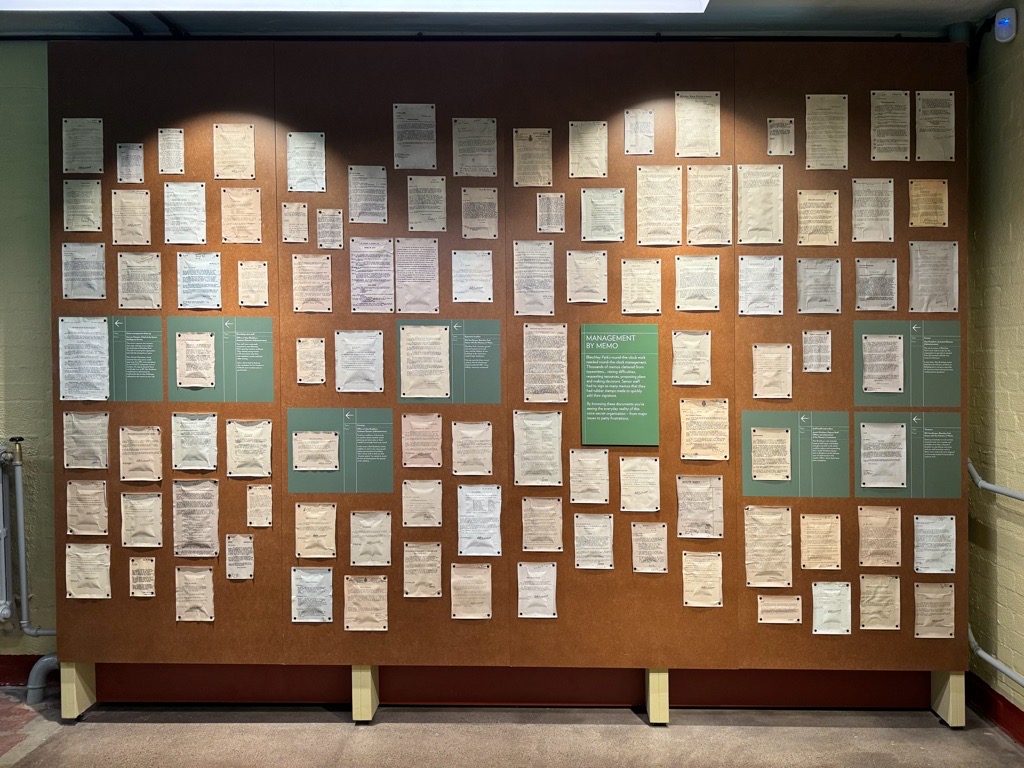
The computing museum contained the statue of Alan Turing and ever since I saw pictures of this statue then I knew I had to be there and take a photograph for myself. This stunning statue of Alan at Bletchley Park was created in North Wales slate by Stephen Kettle in 2007. I found it a mesmerising memorial which was surrounded by details of his achievements. The rest of the museum outlined how codebreaking that took place and the construction of the Colossus computer were the forebears to the advent of AI.
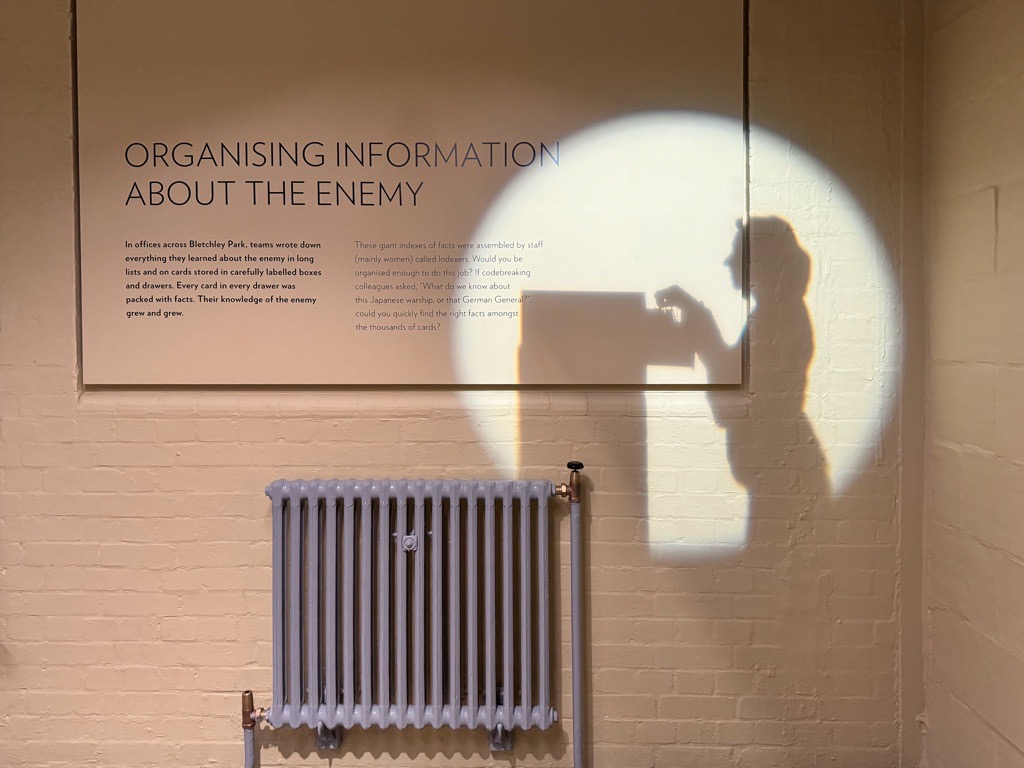
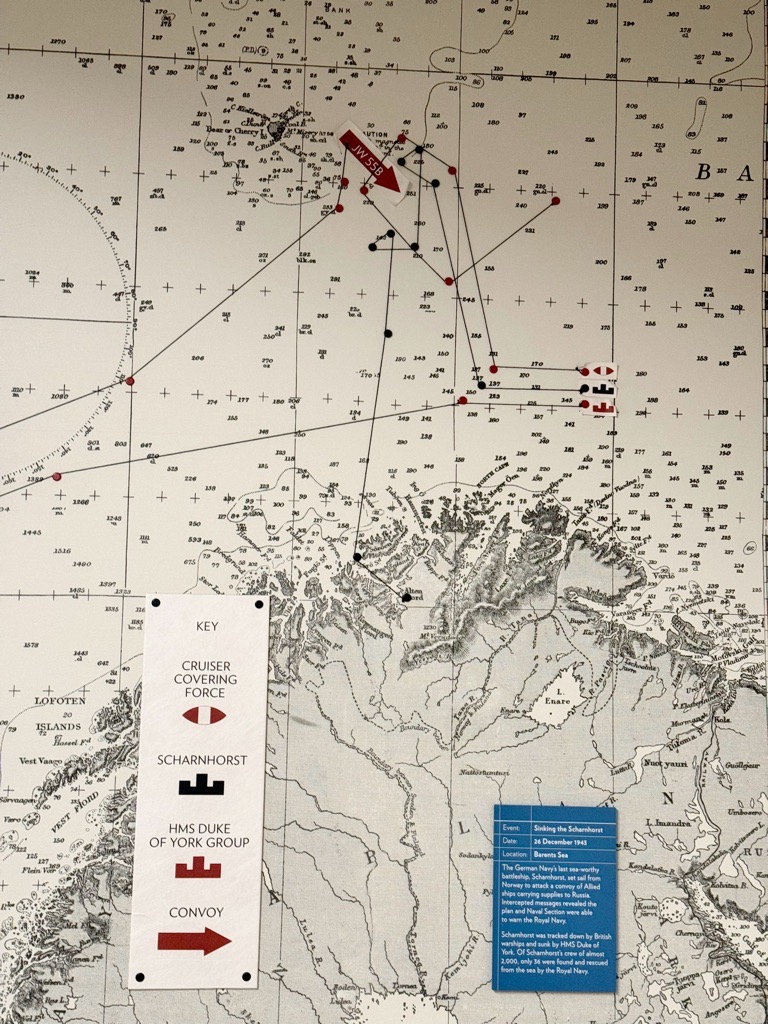
Then I was back at the entrance. I took some lunch and then went back to the Mansion and the huts for some more pictures. The living wall and the bicycle shed were the focus of my pictures including some of the memorials. Back to the shop and I came away with a bottle of Station X beer specially brewed for the Bletchley Park museum.
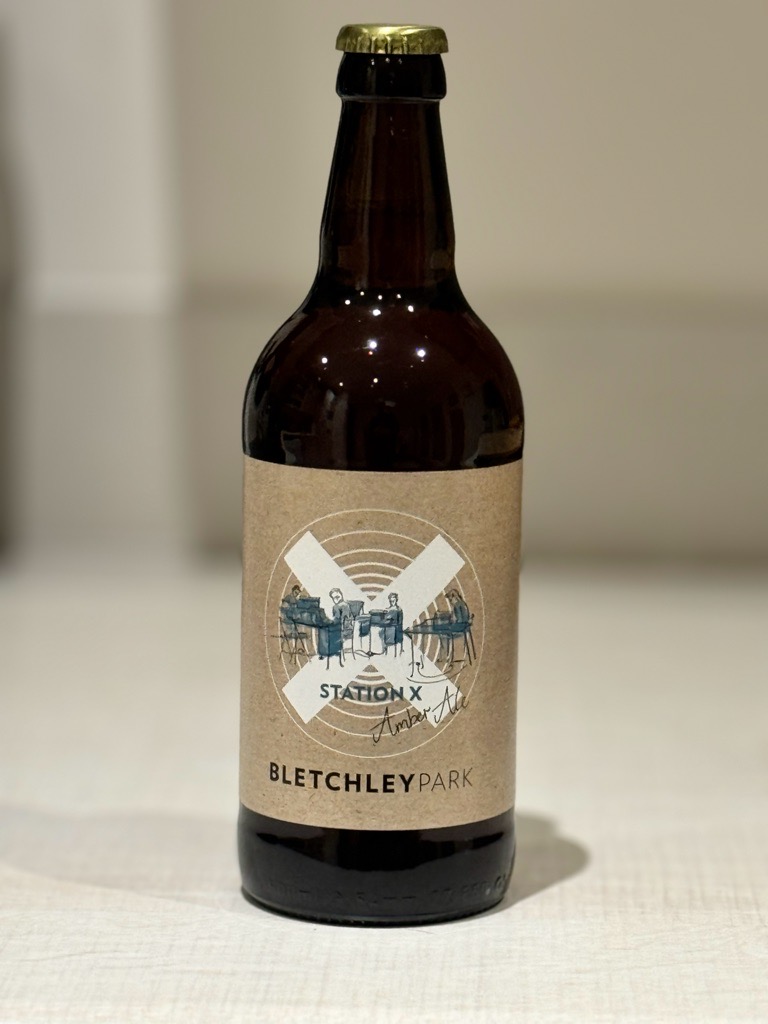
This photogenic journey will be like many others who visited the museum with their phones and cameras. My visit allowed me to take a set of pictures which add a small part to the story of Bletchley Park. Whilst I was there I was fascinated by the architecture and I do love symmetry in my pictures. Similar to the beauty of well written code, the structures in Bletchley Park had a beauty to their symmetry. Here is my photographic homage to the symmetry of Bletchley Park.
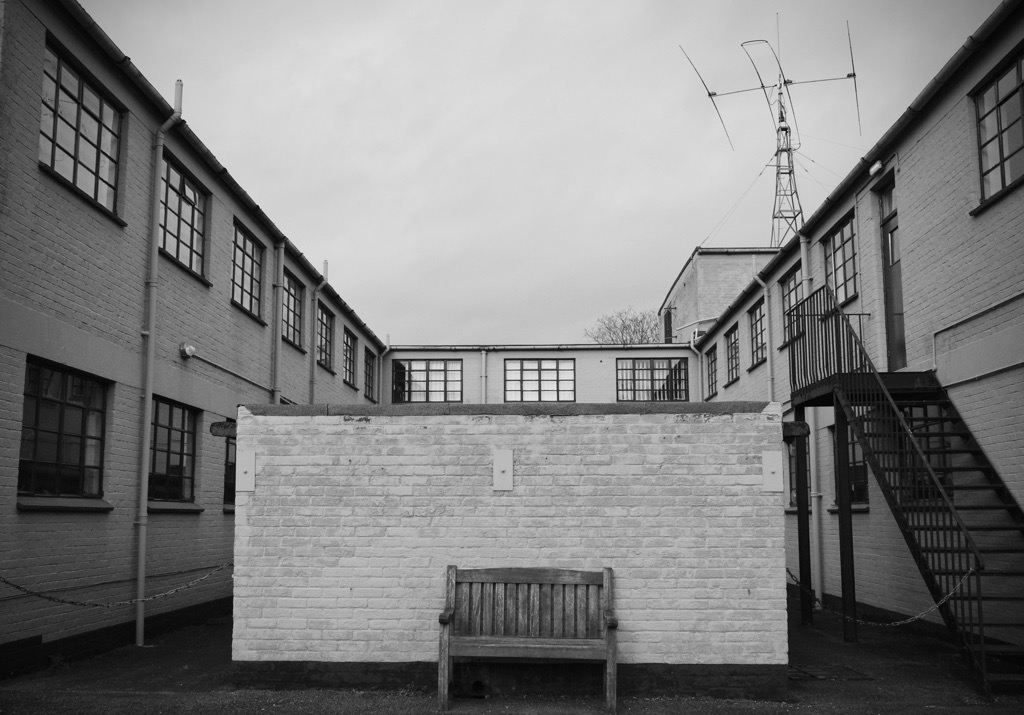
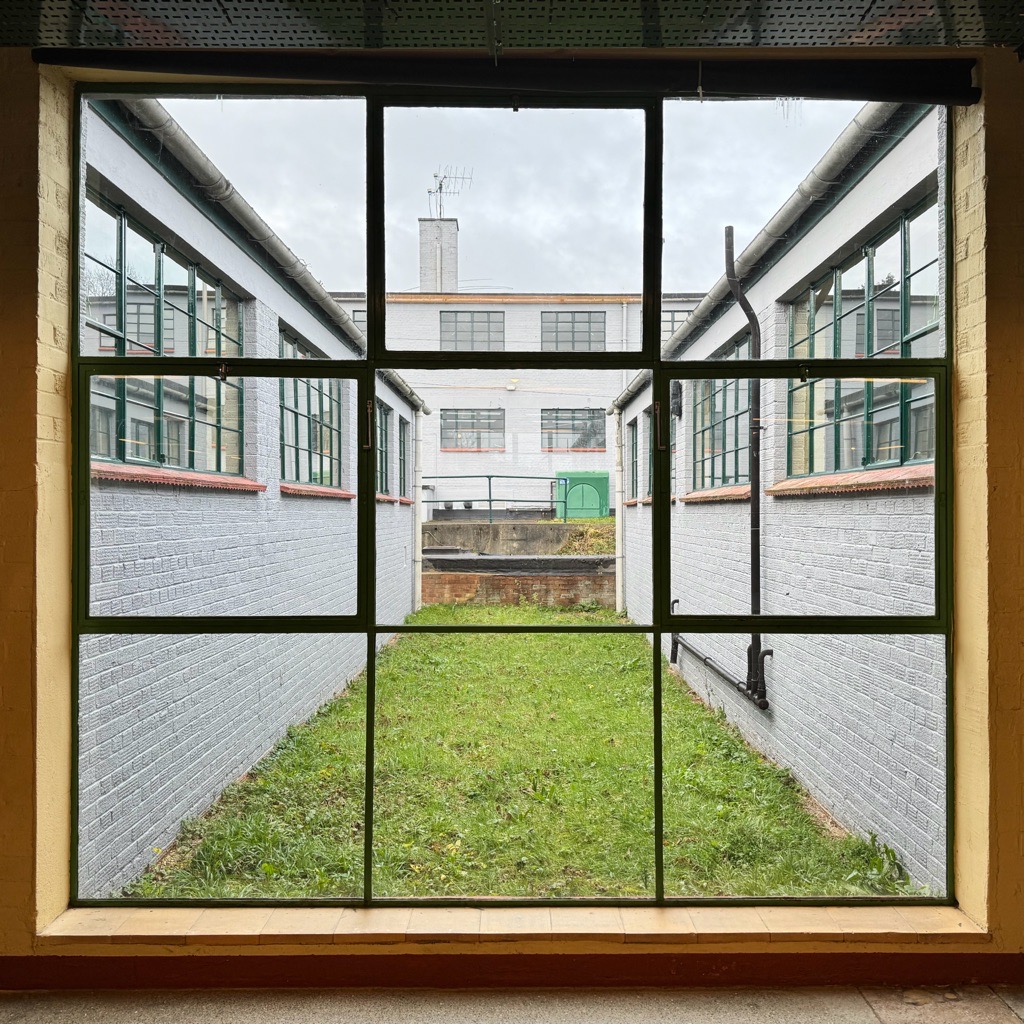
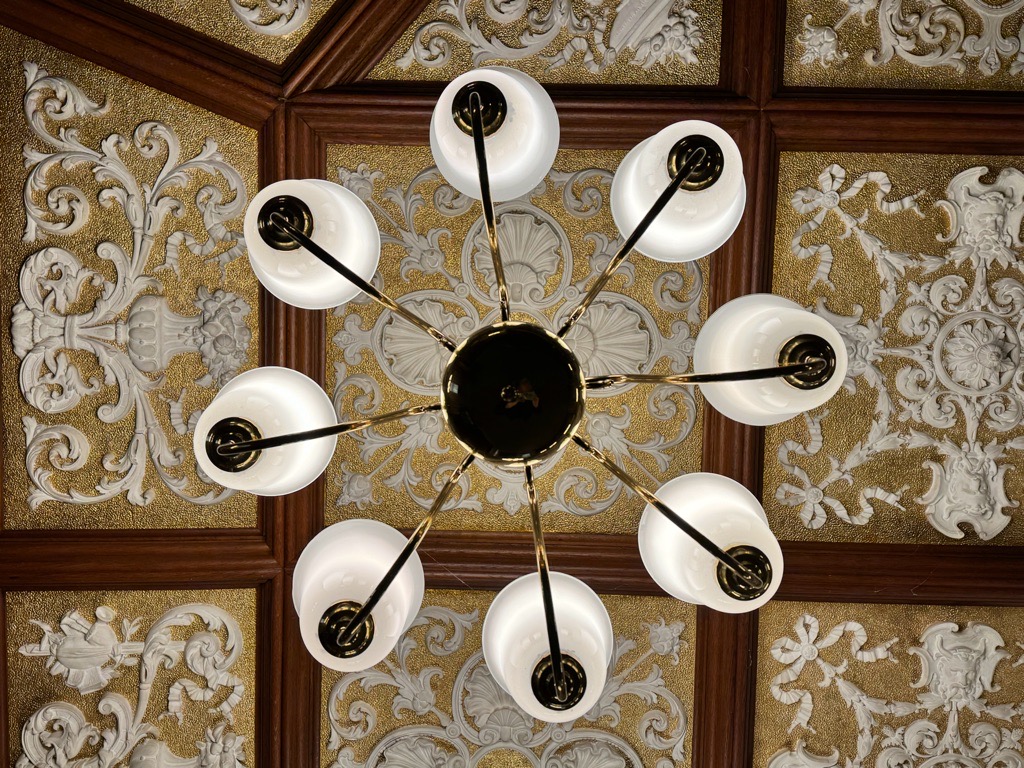
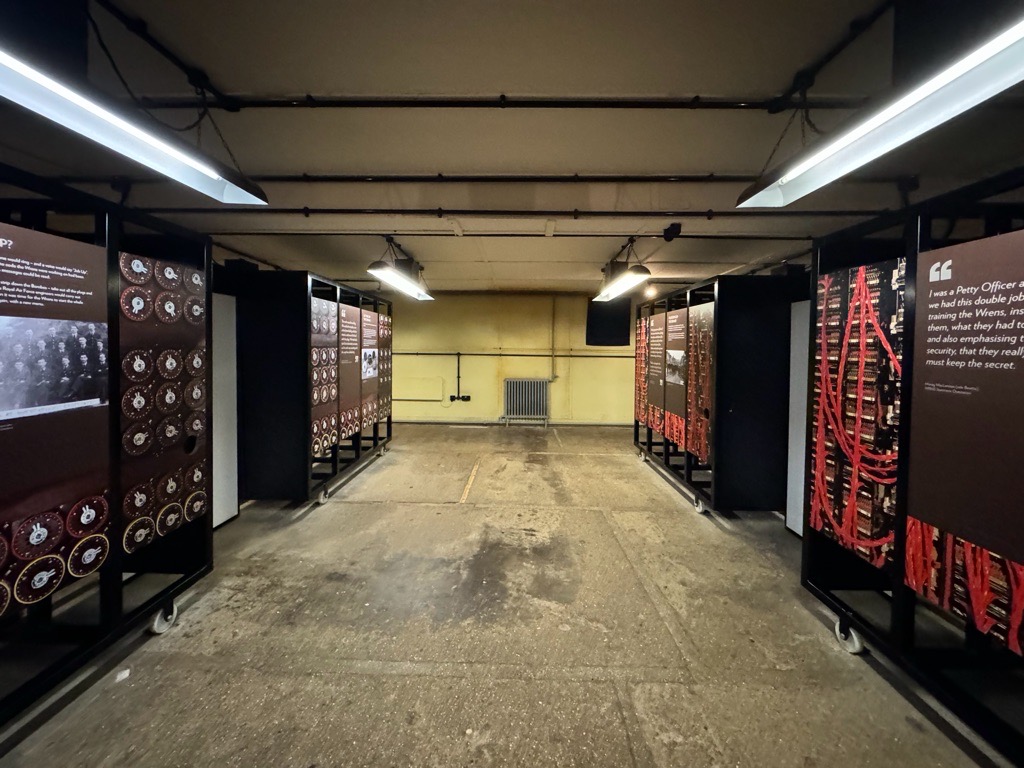
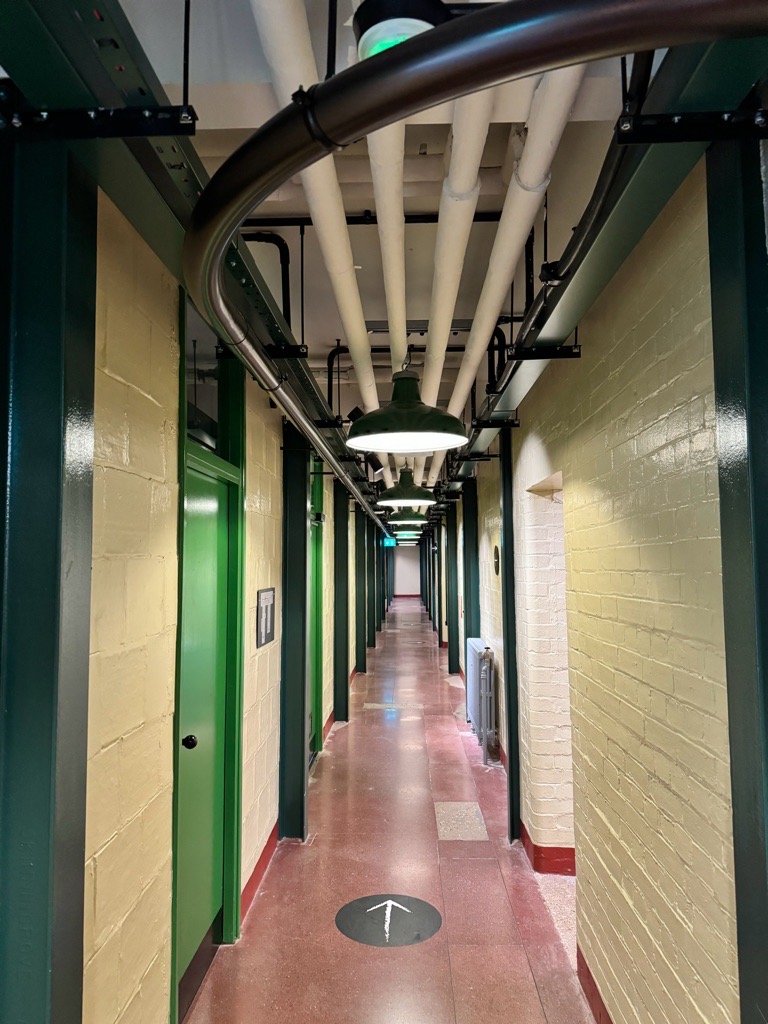
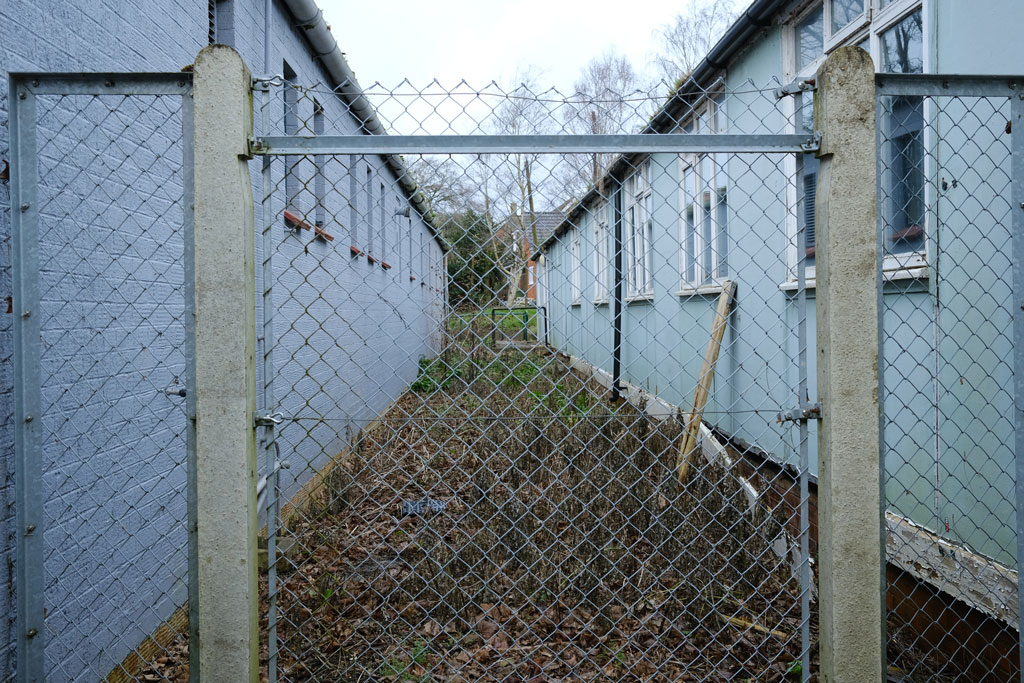
Reflections on my visit. I have been fortunate to have visited many World War II sites during my travels. These include Pearl Harbour – Hawaii, Colditz Castle – Saxony Germany, Auschwitz-Birkenau – Poland the Normandy Beaches in France, and the inadequate defences of constructed prior to the fall of Singapore. I have been to several museums associated with the war. Bletchley Park is a place where the full horror of war and the evils that people inflict on each other seeps into you in a slow but effective trickle. This includes the injustice that society imposed on Alan Turing and how his death left a void in the progress of computing. I left with more questions than answers and a desire to return at a later date. If you wish to visit Bletchley Park then further details may be found on the Bletchley Park website.

